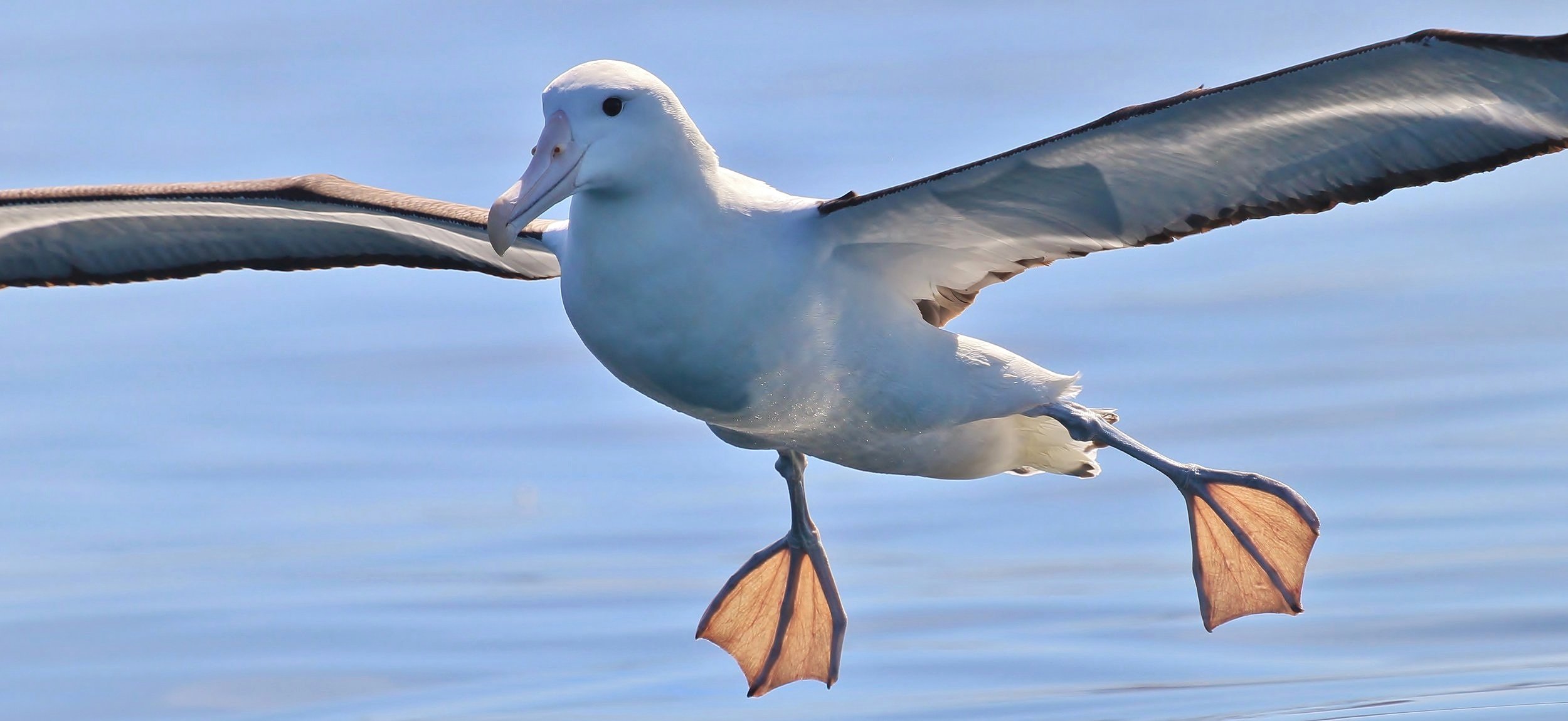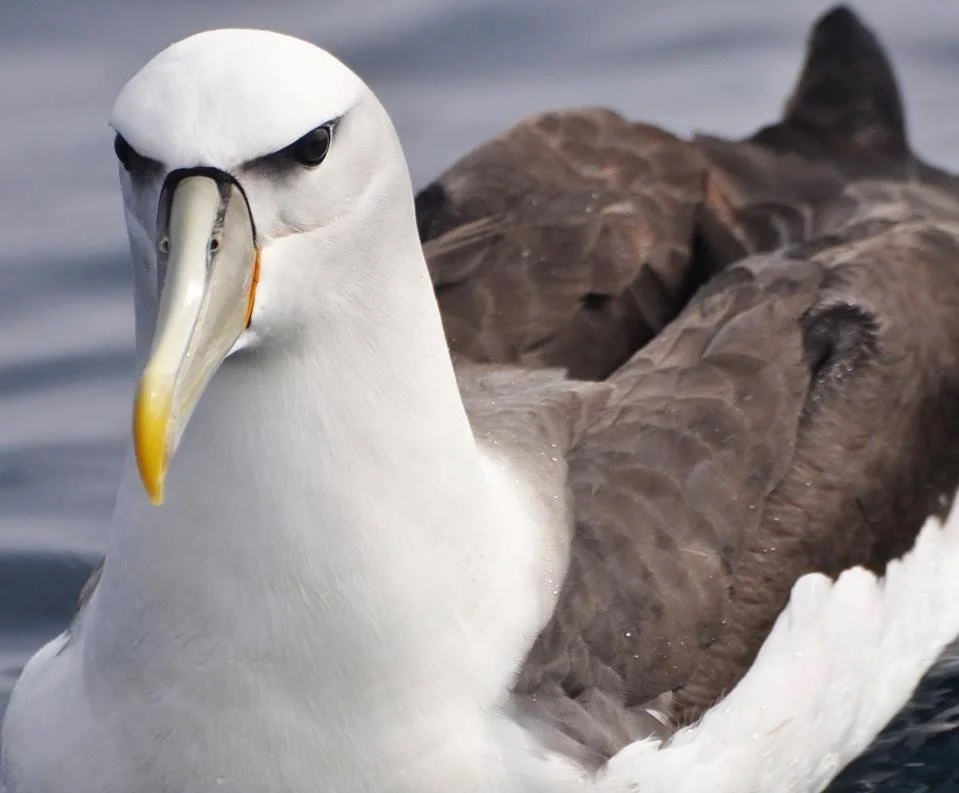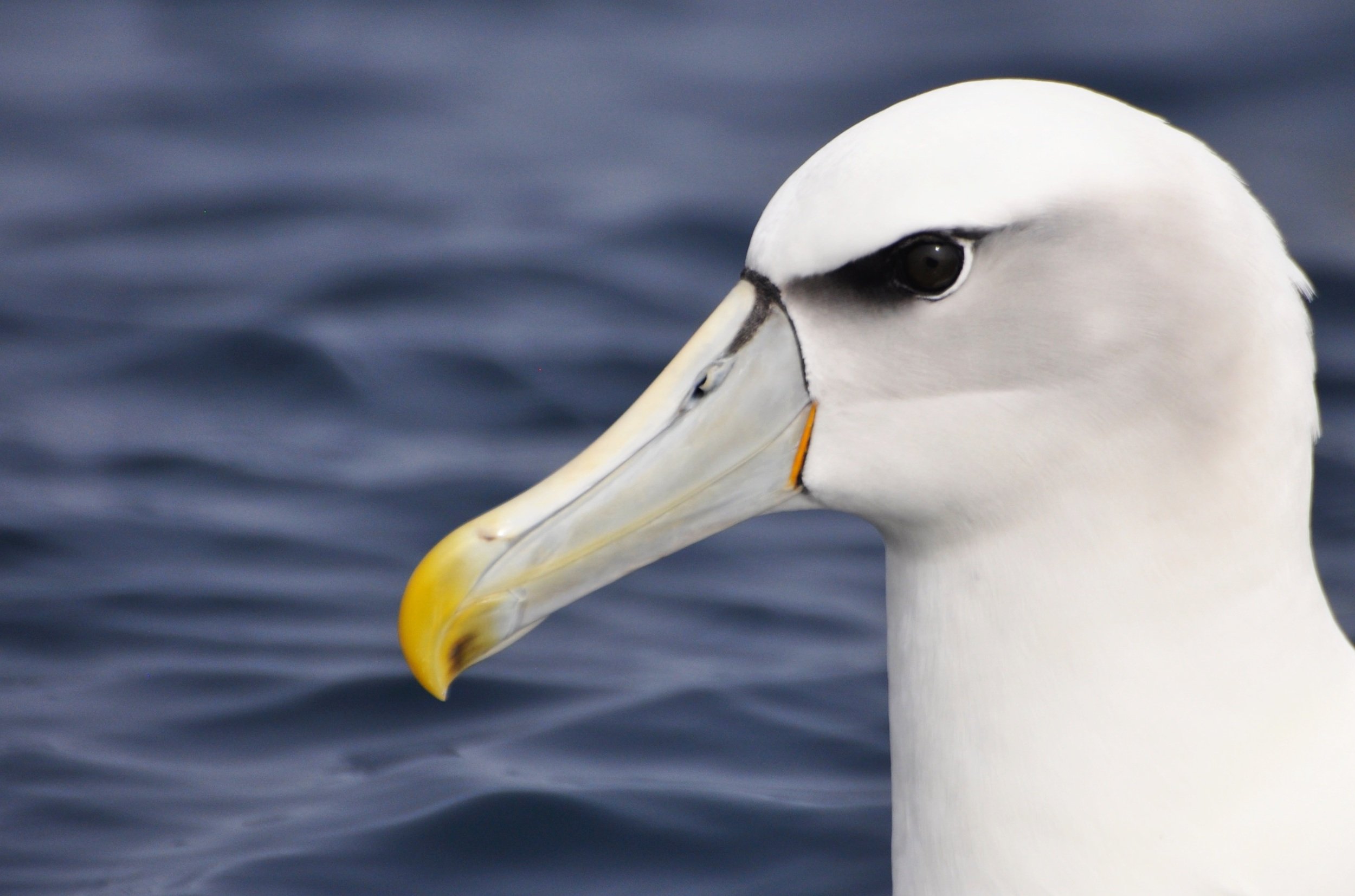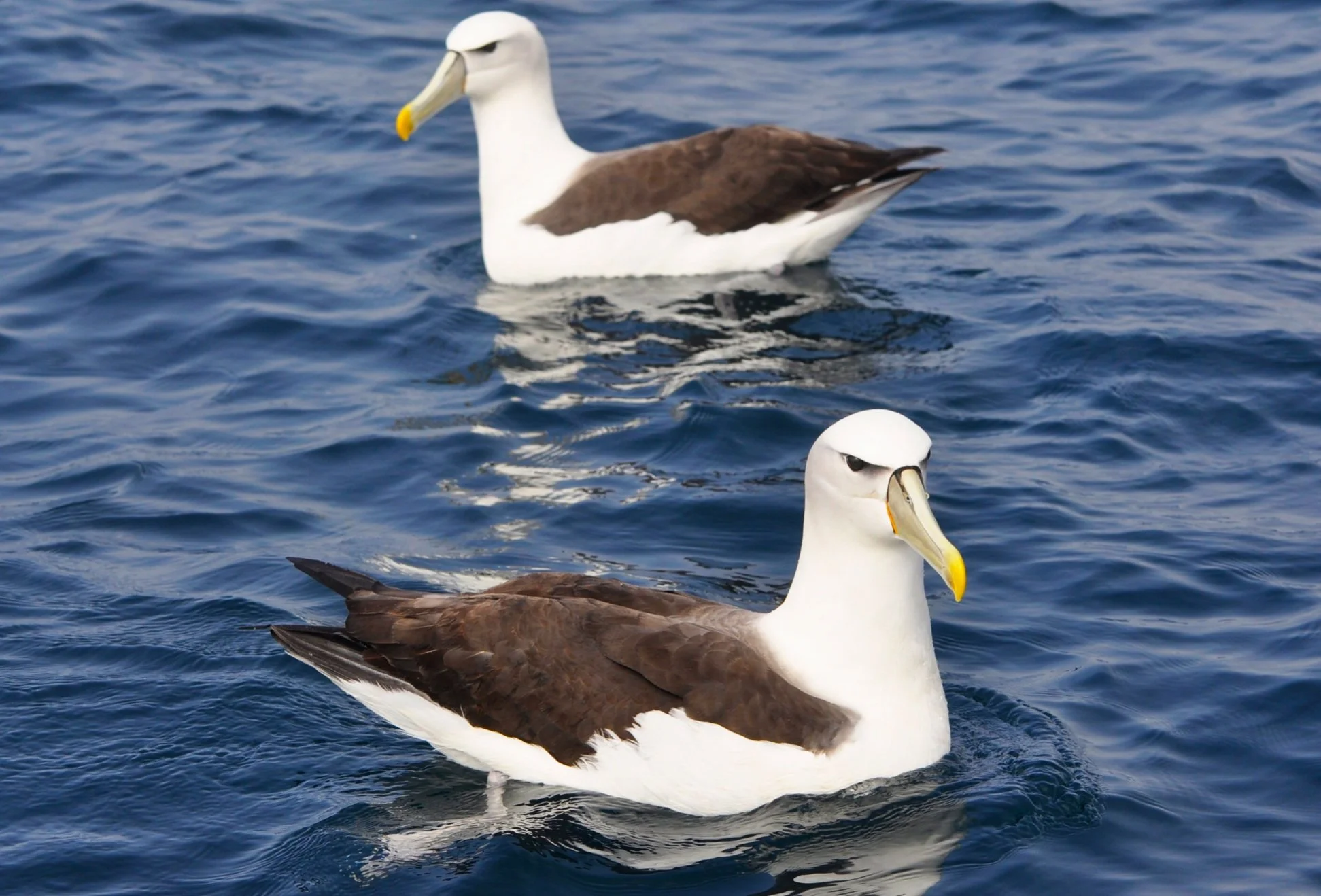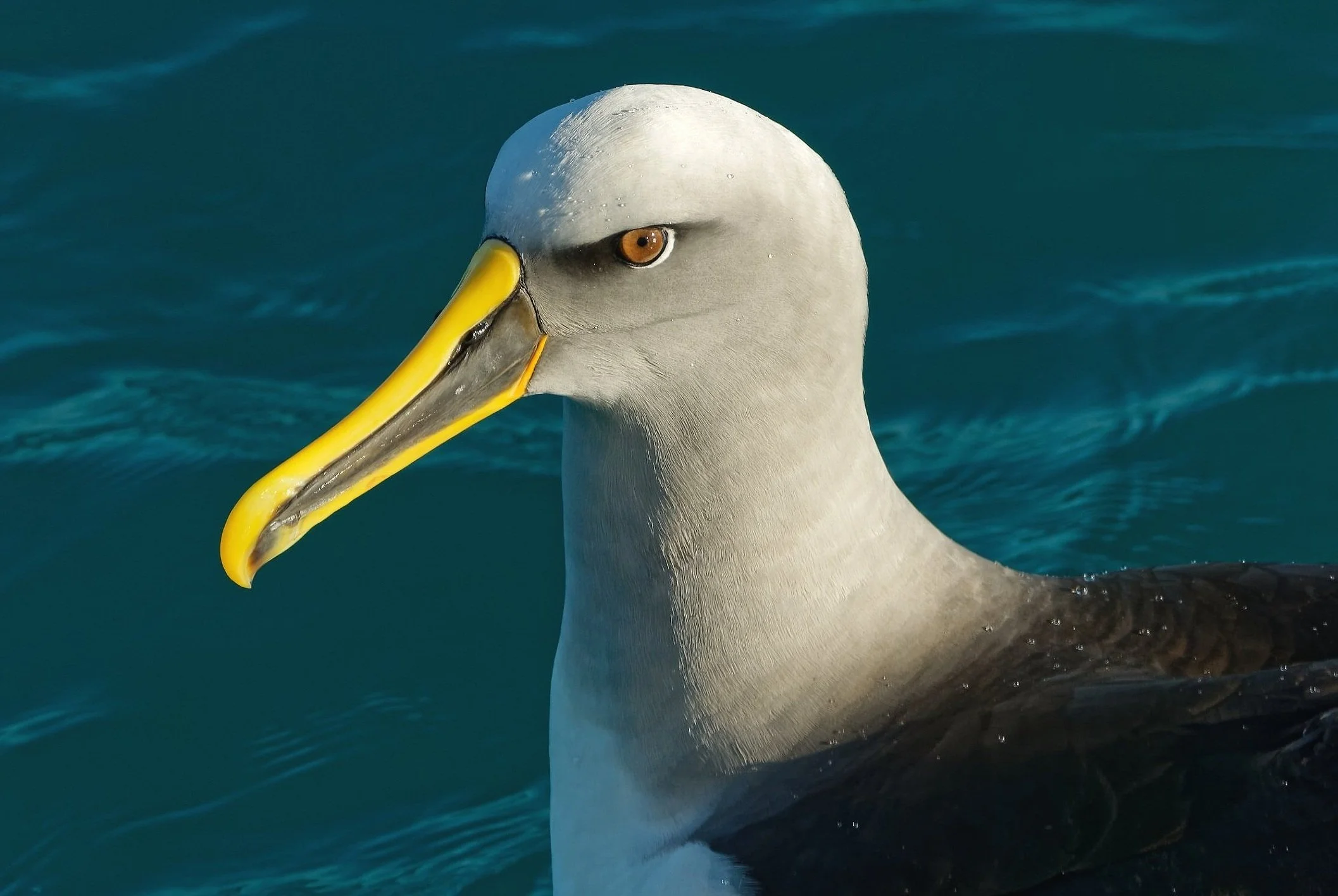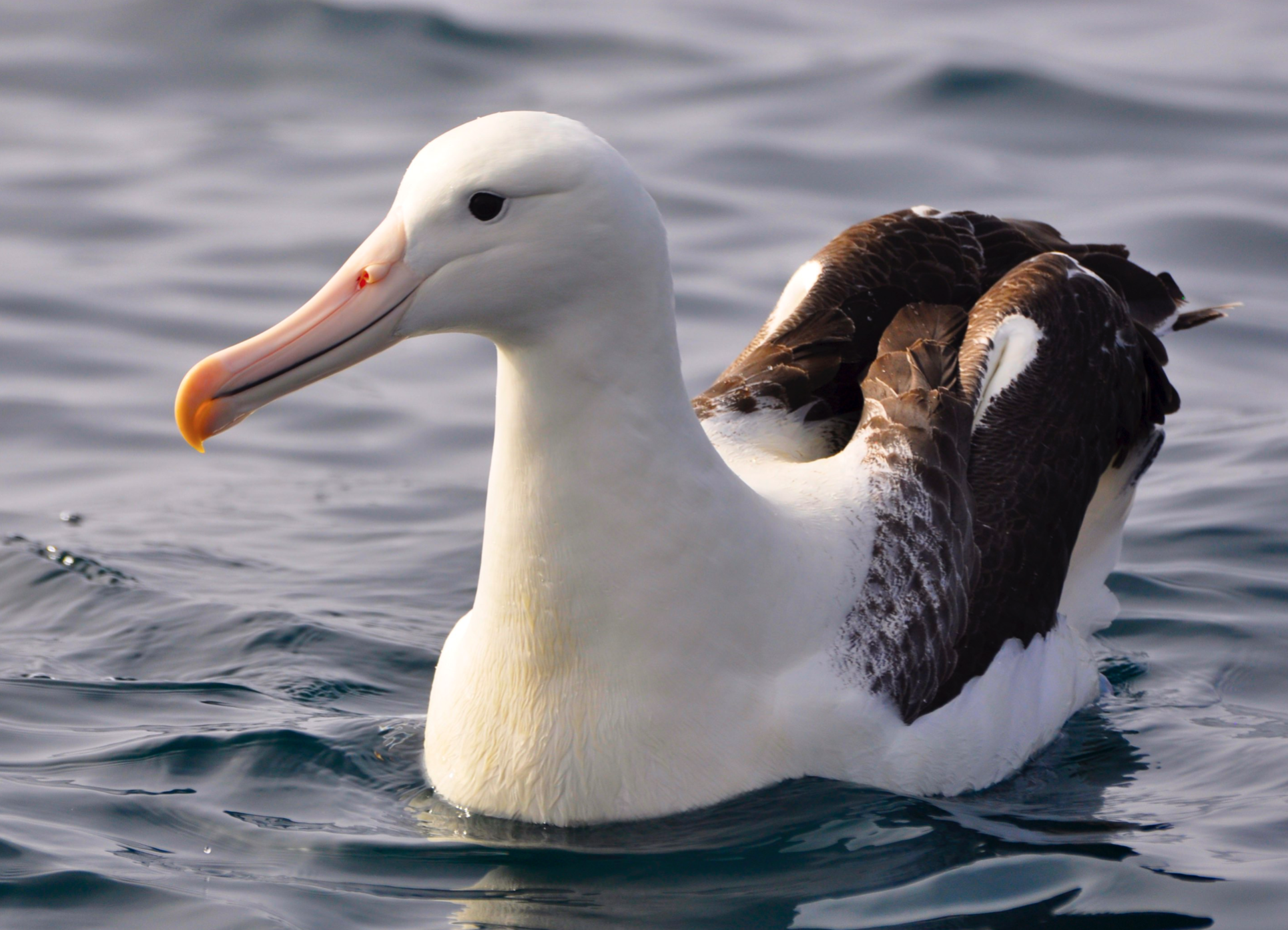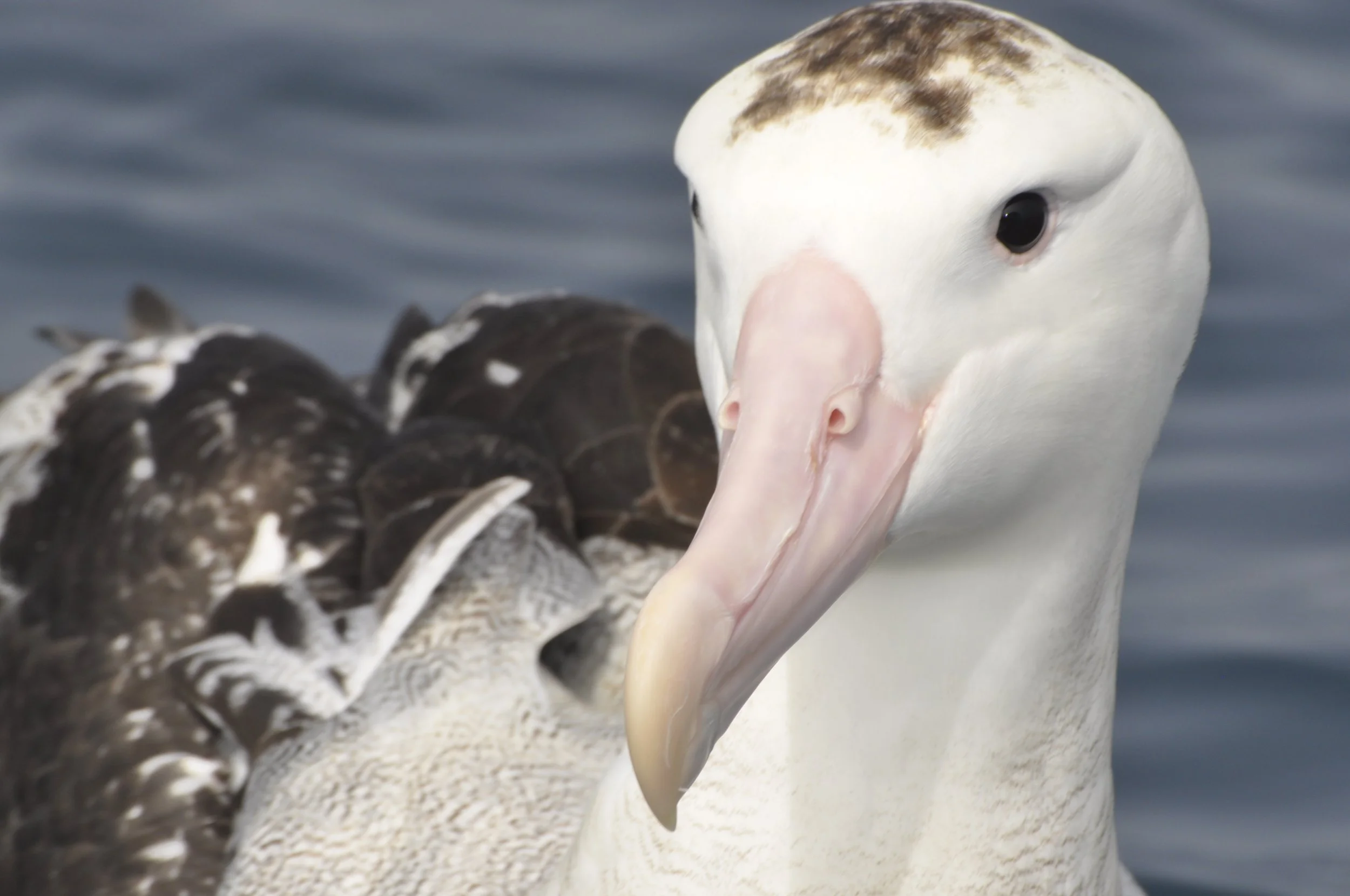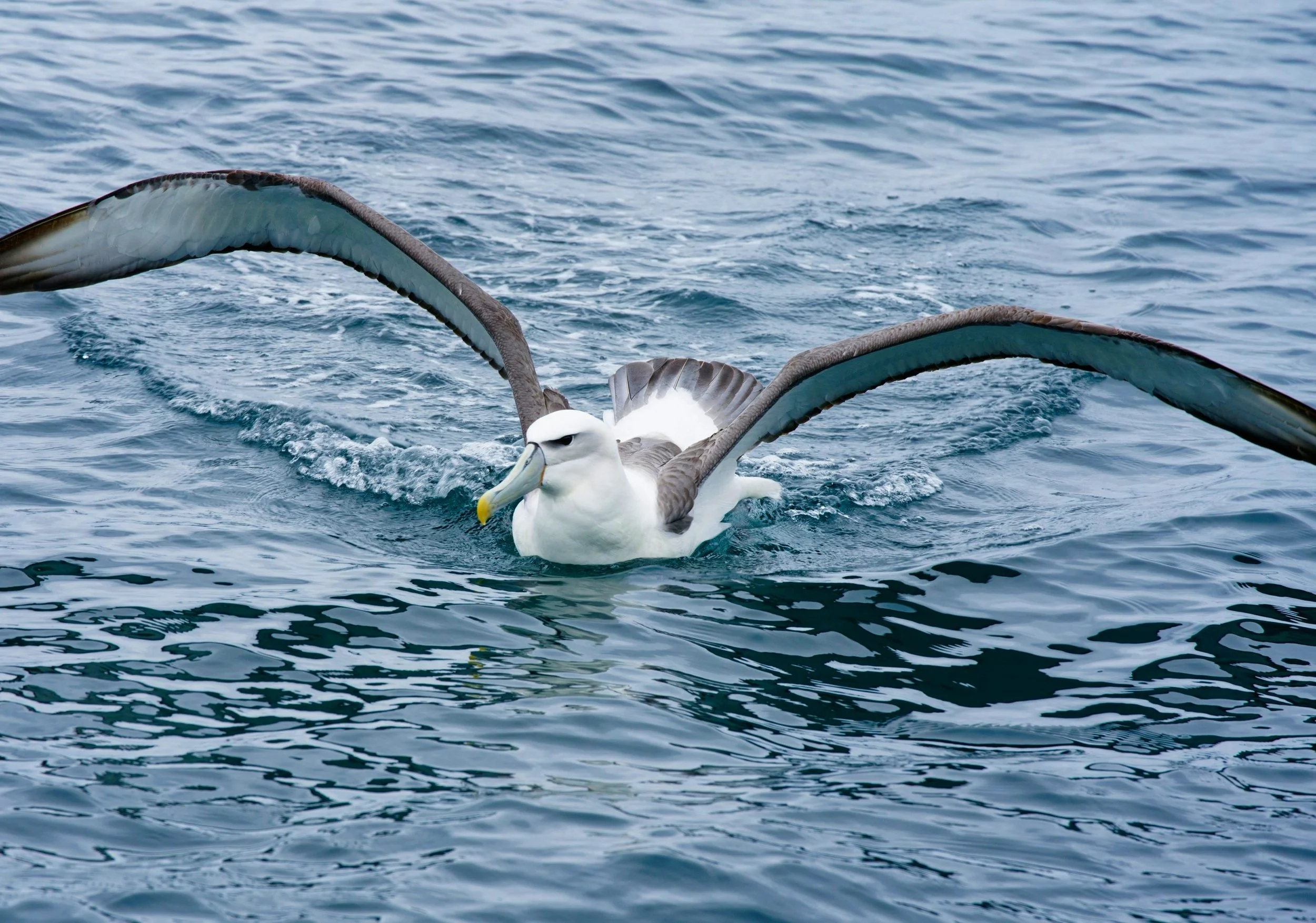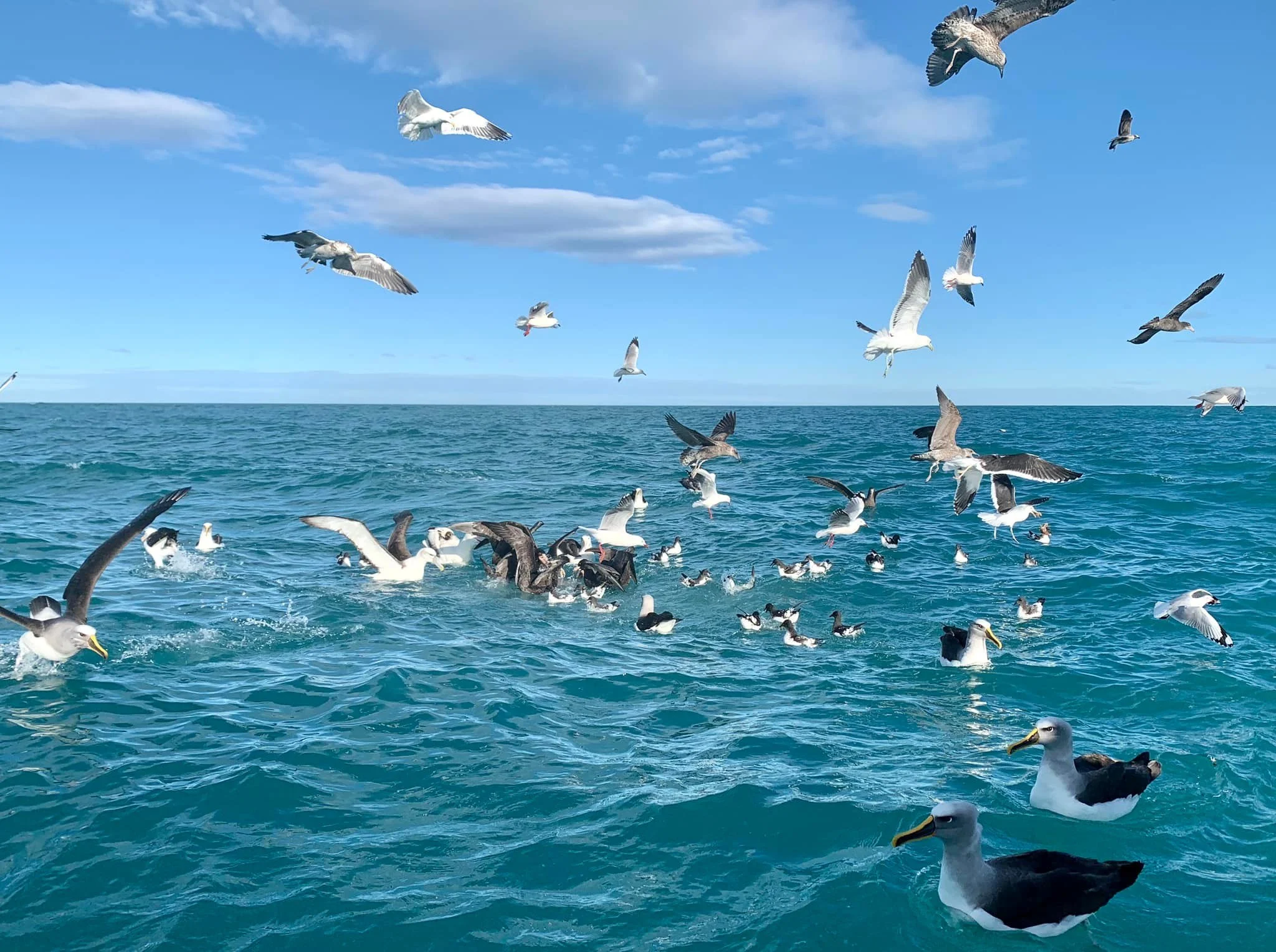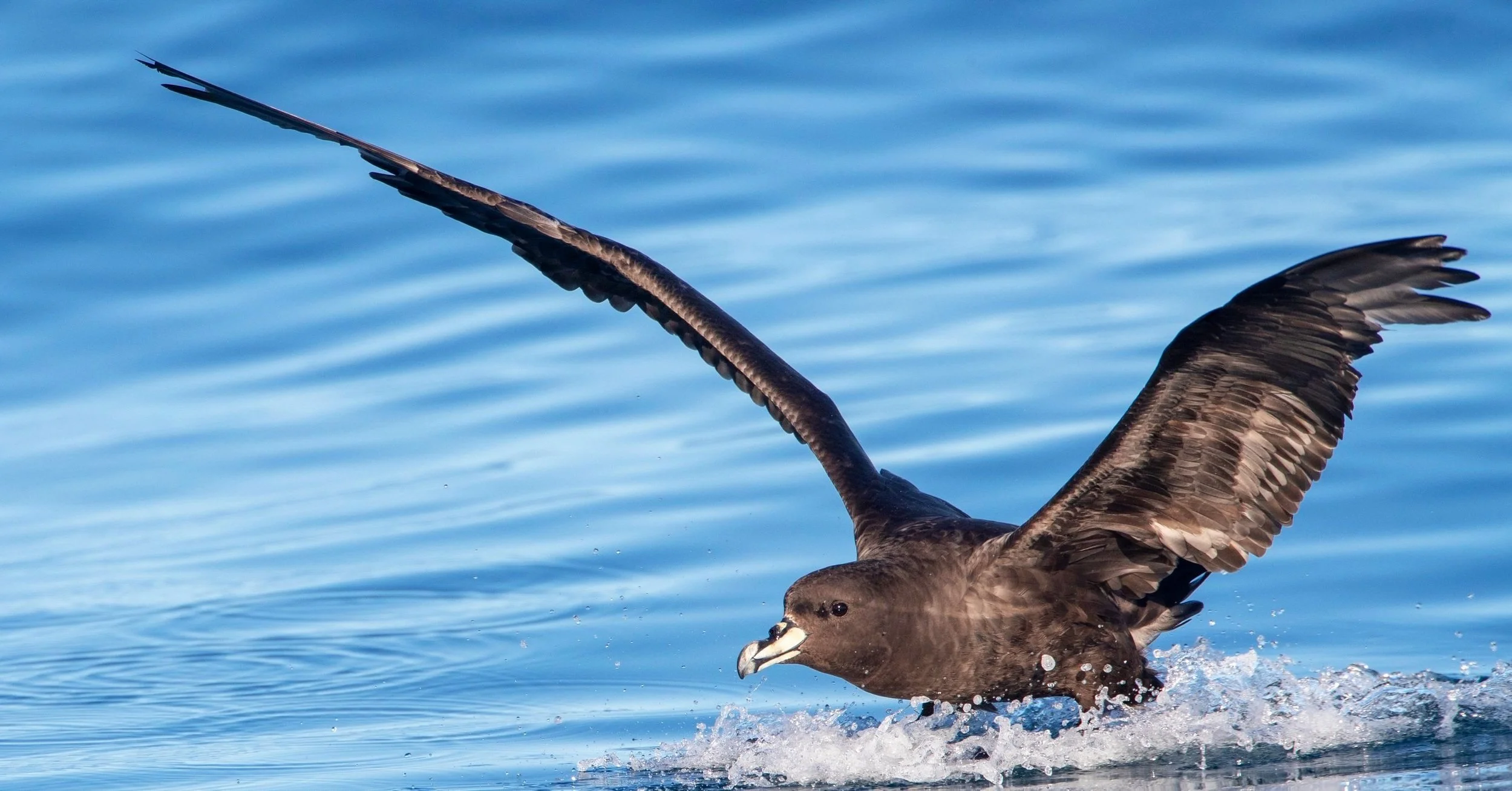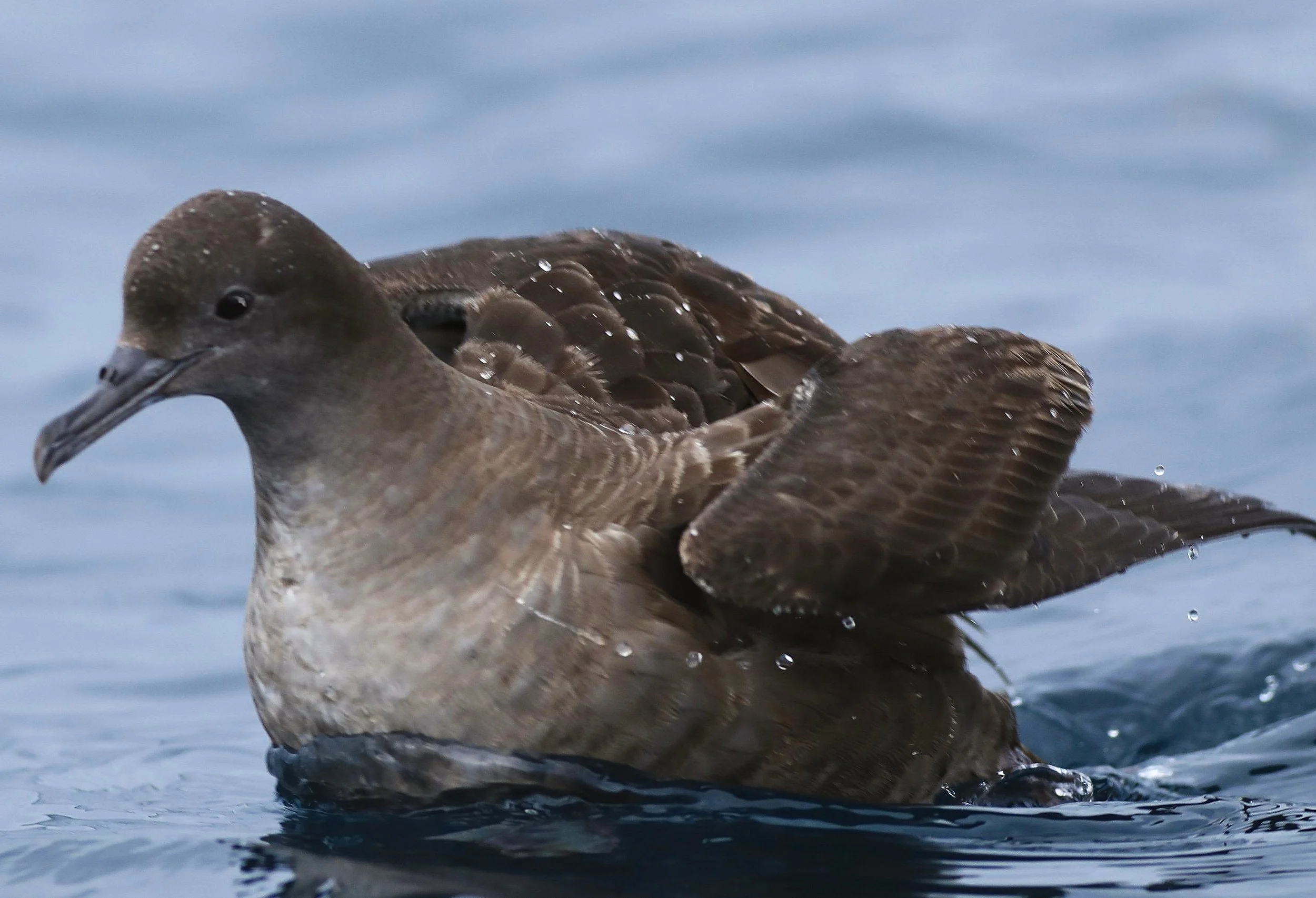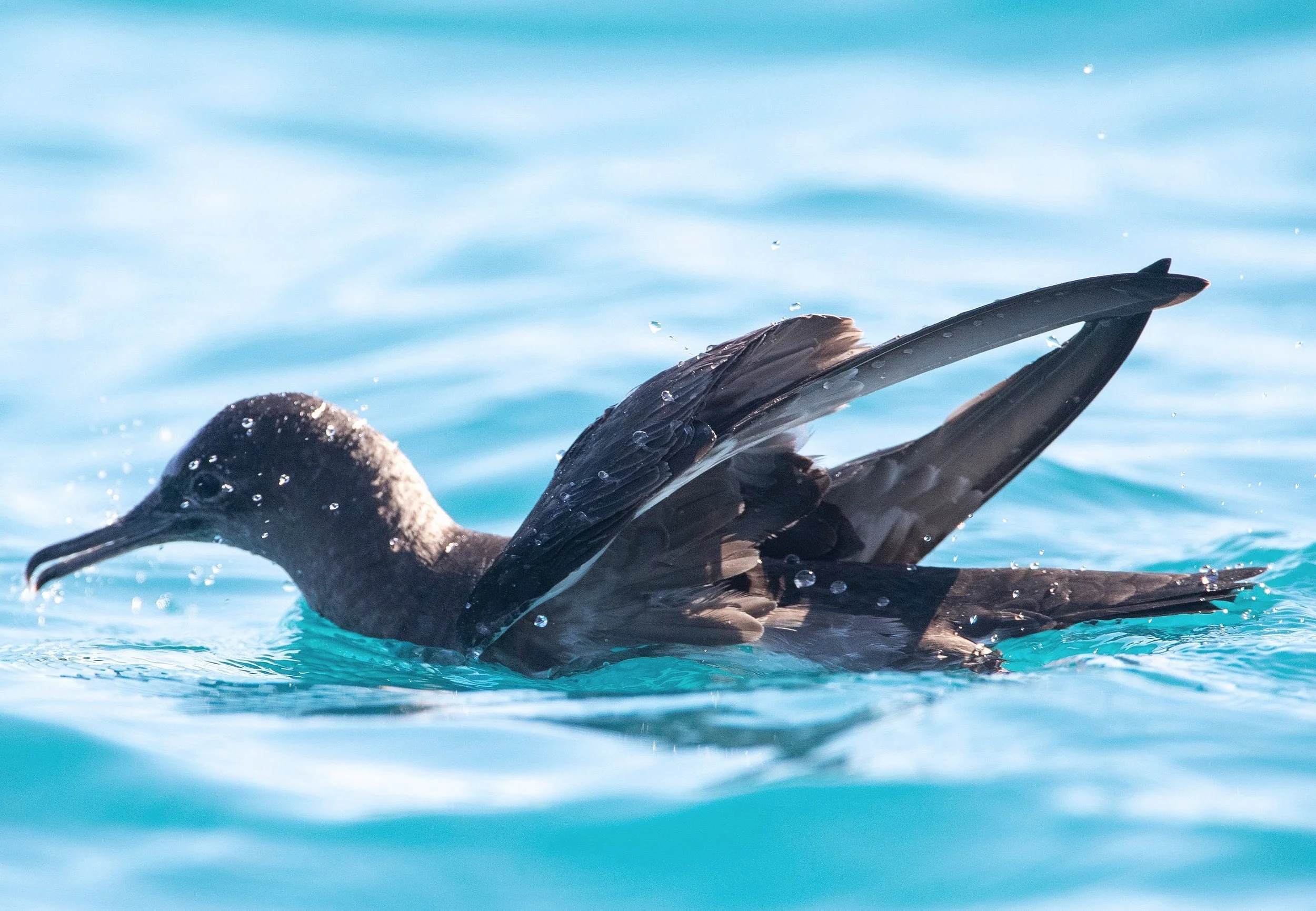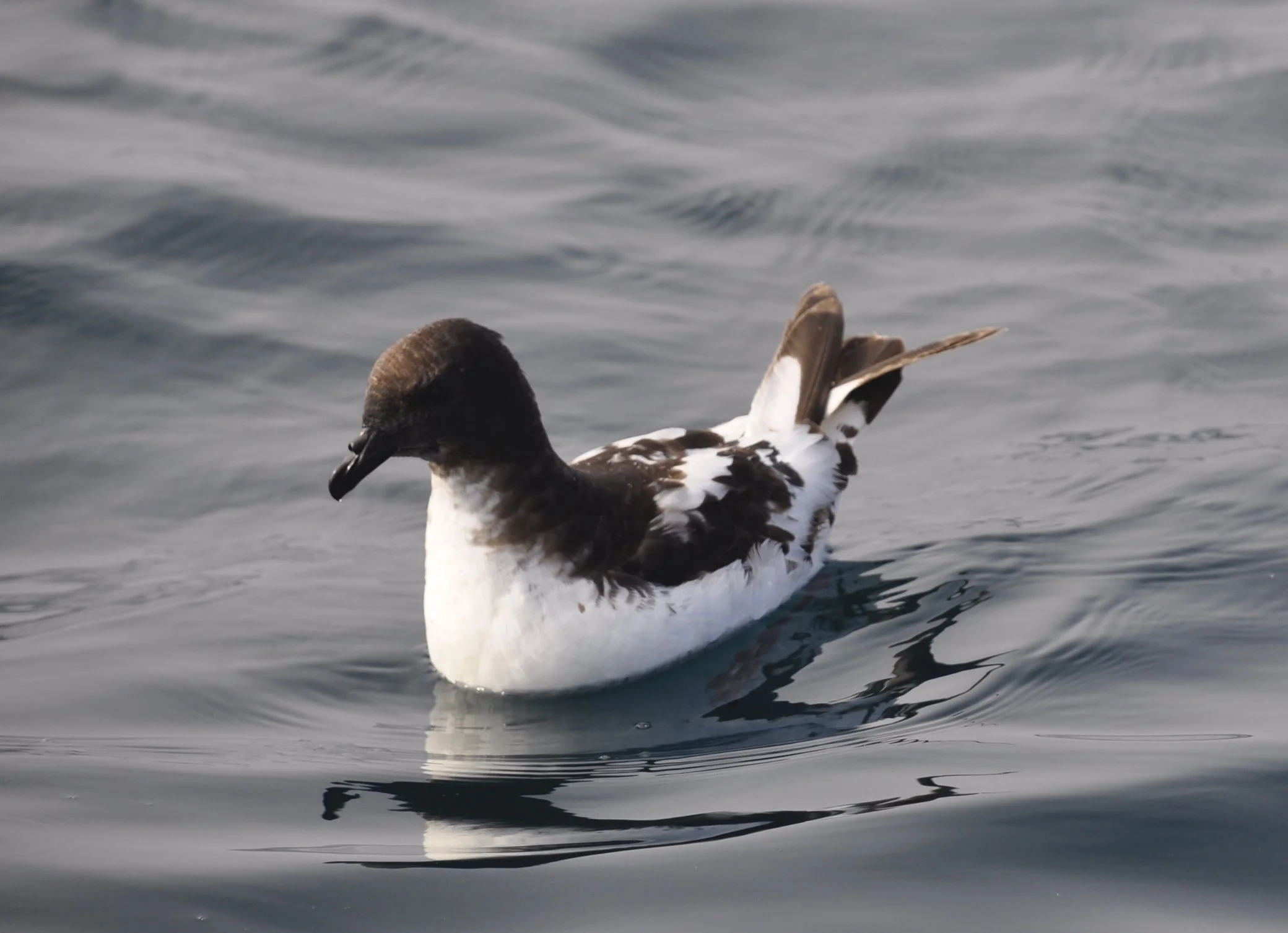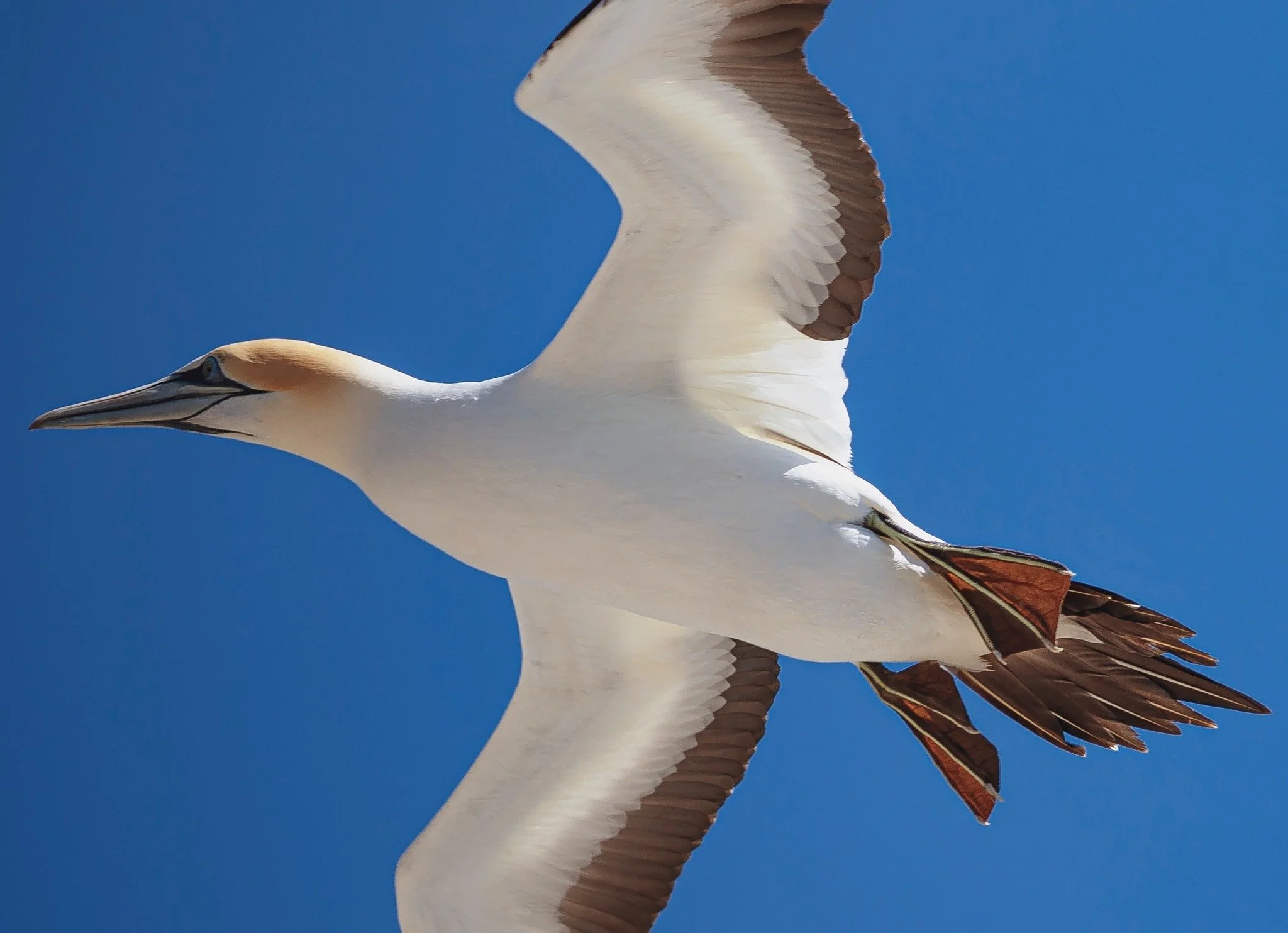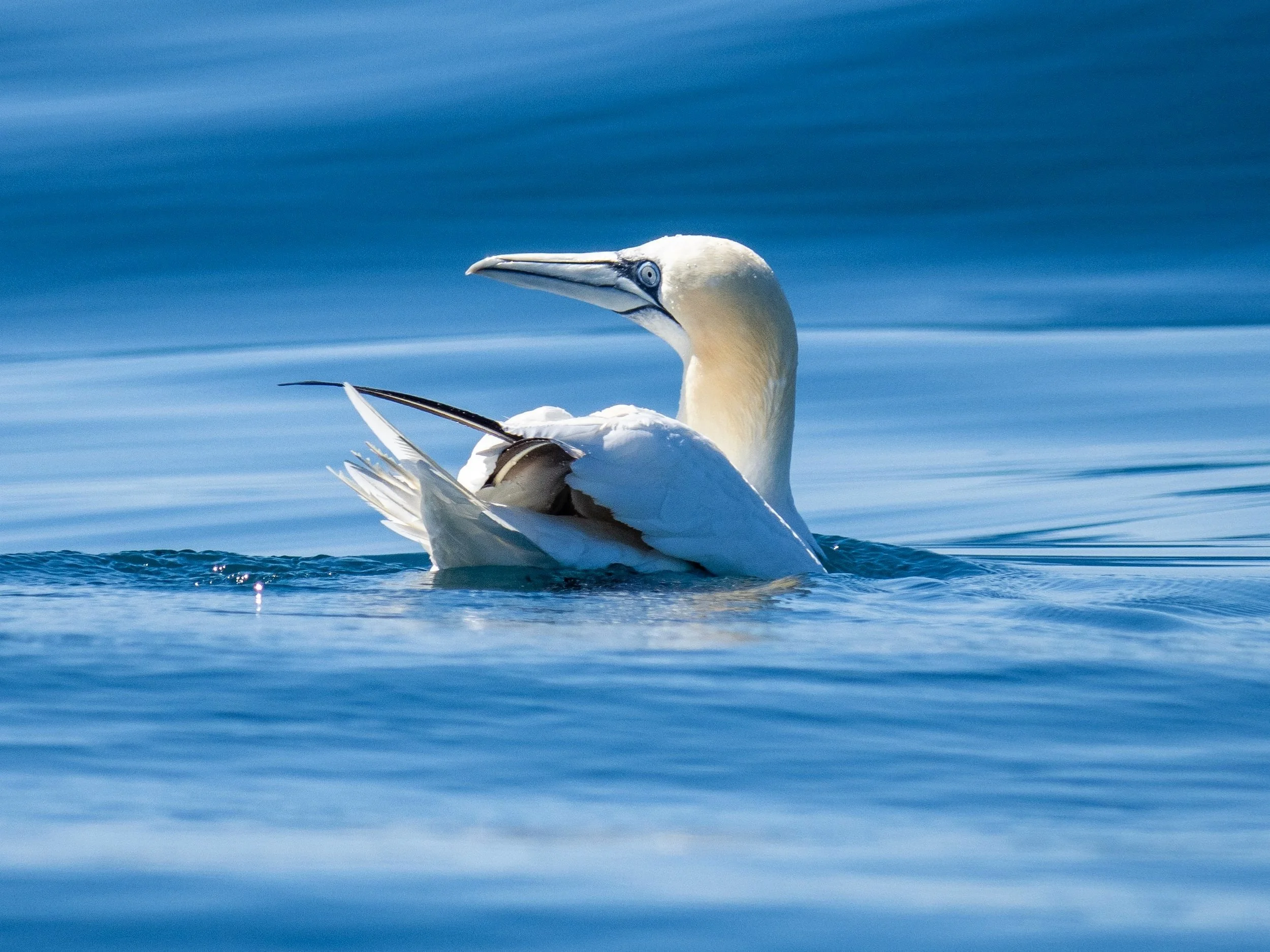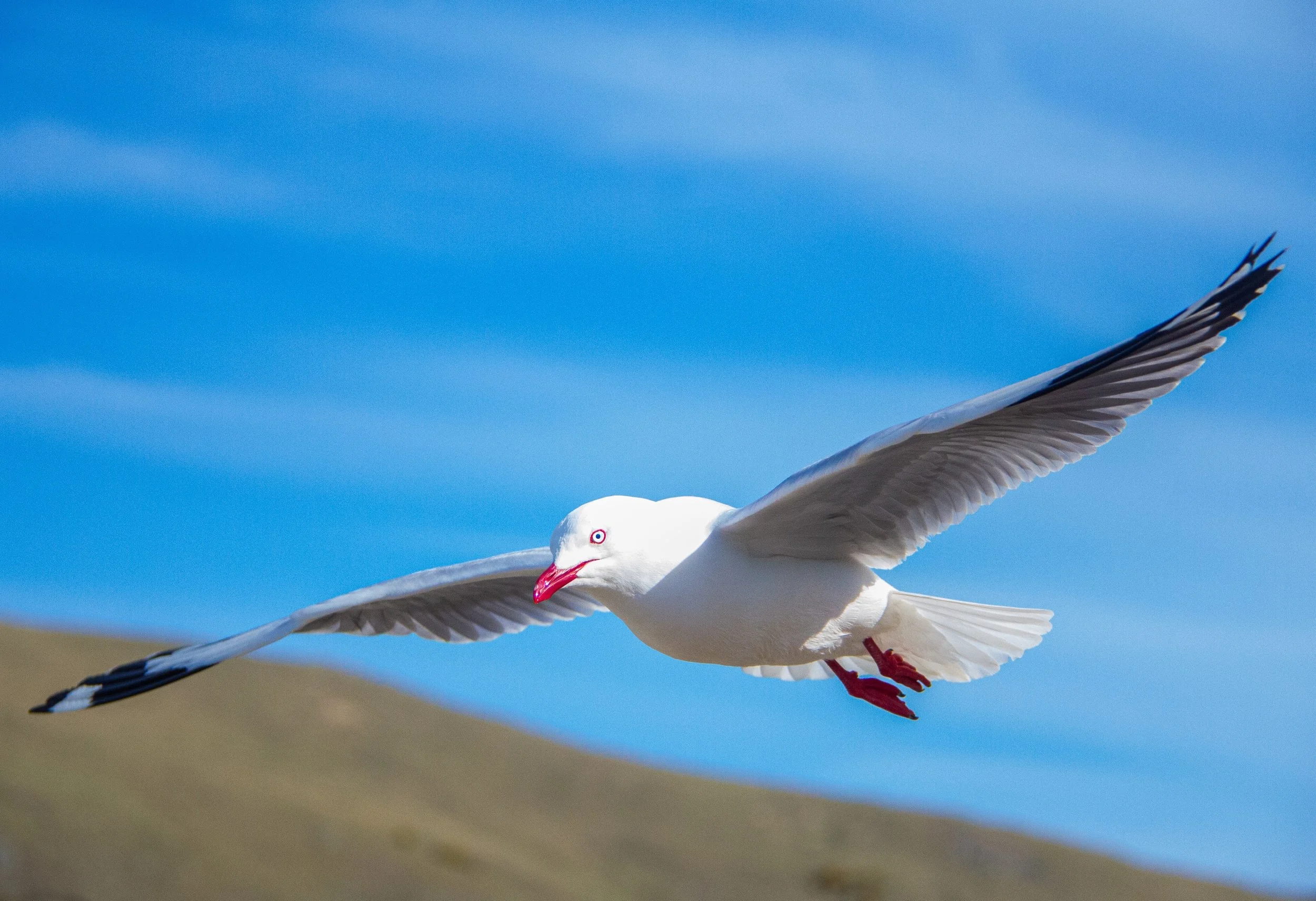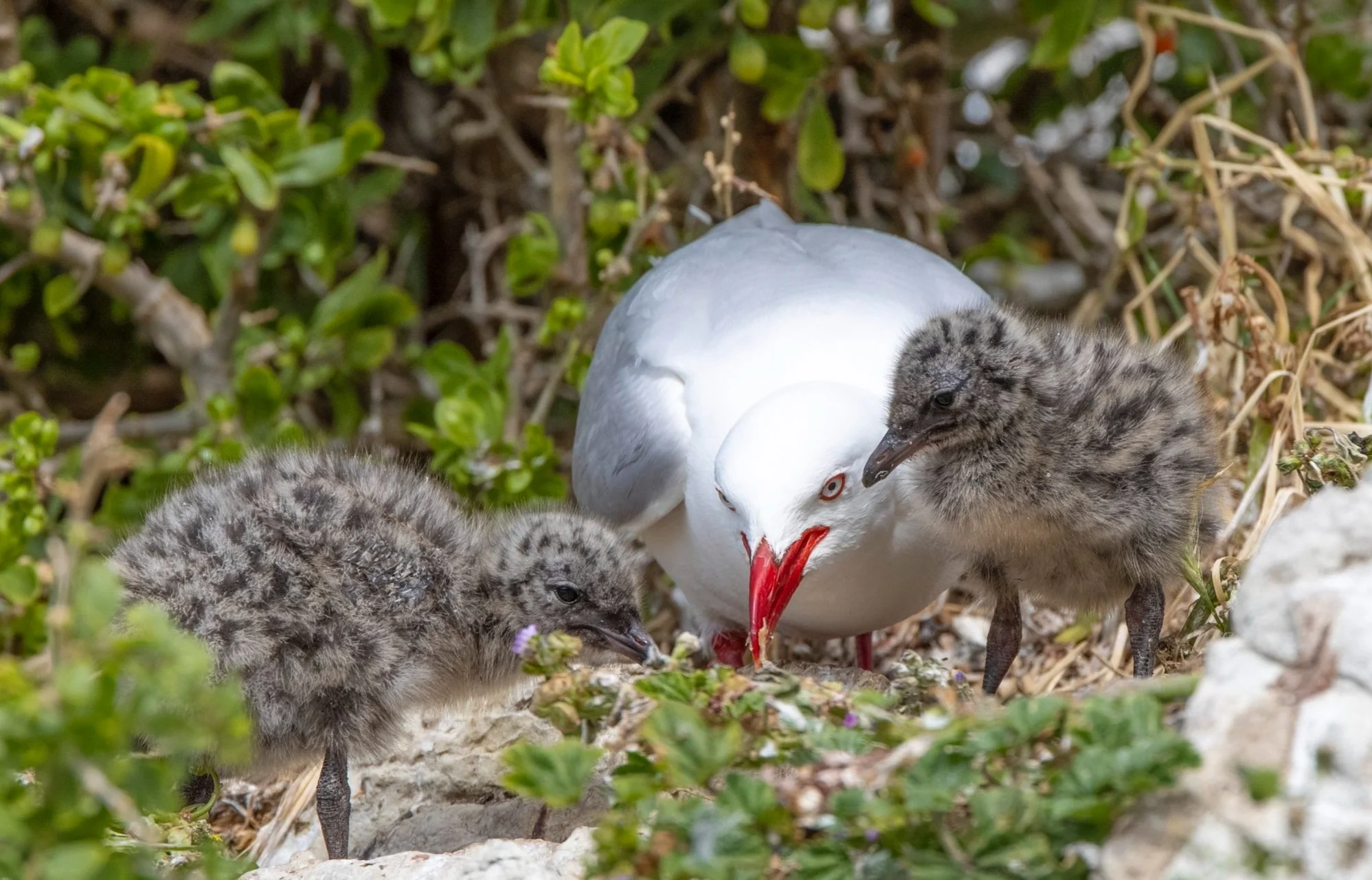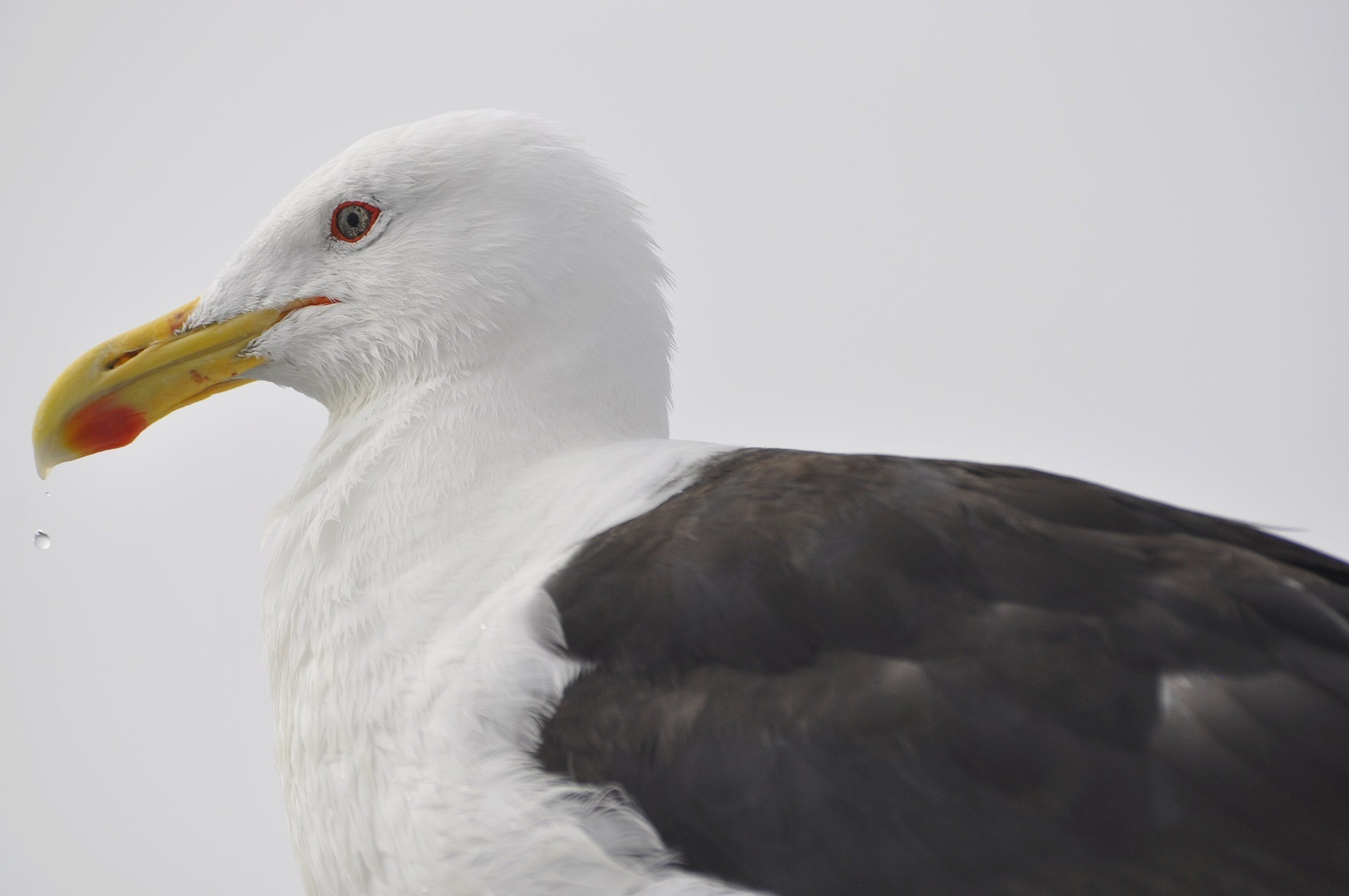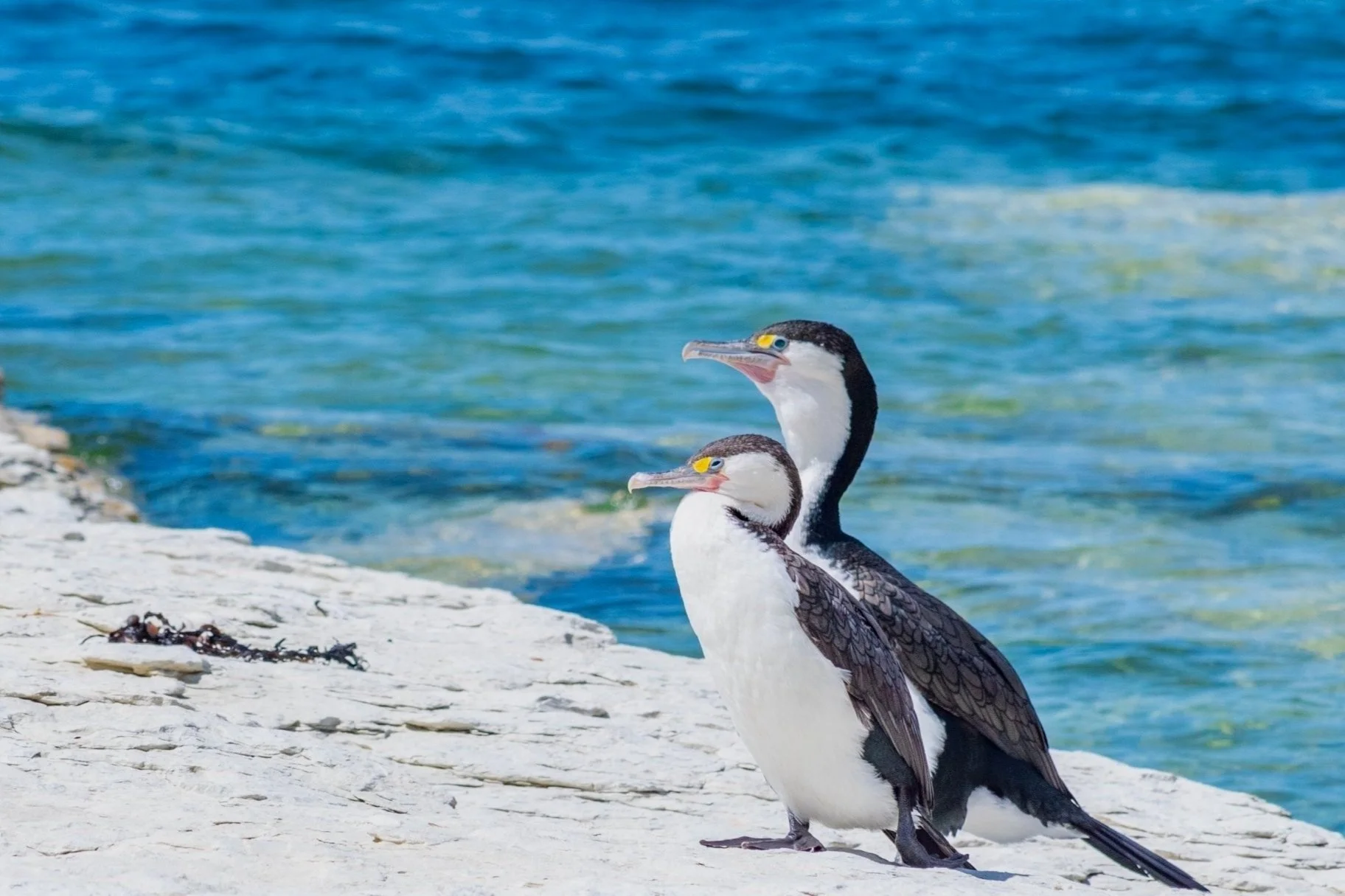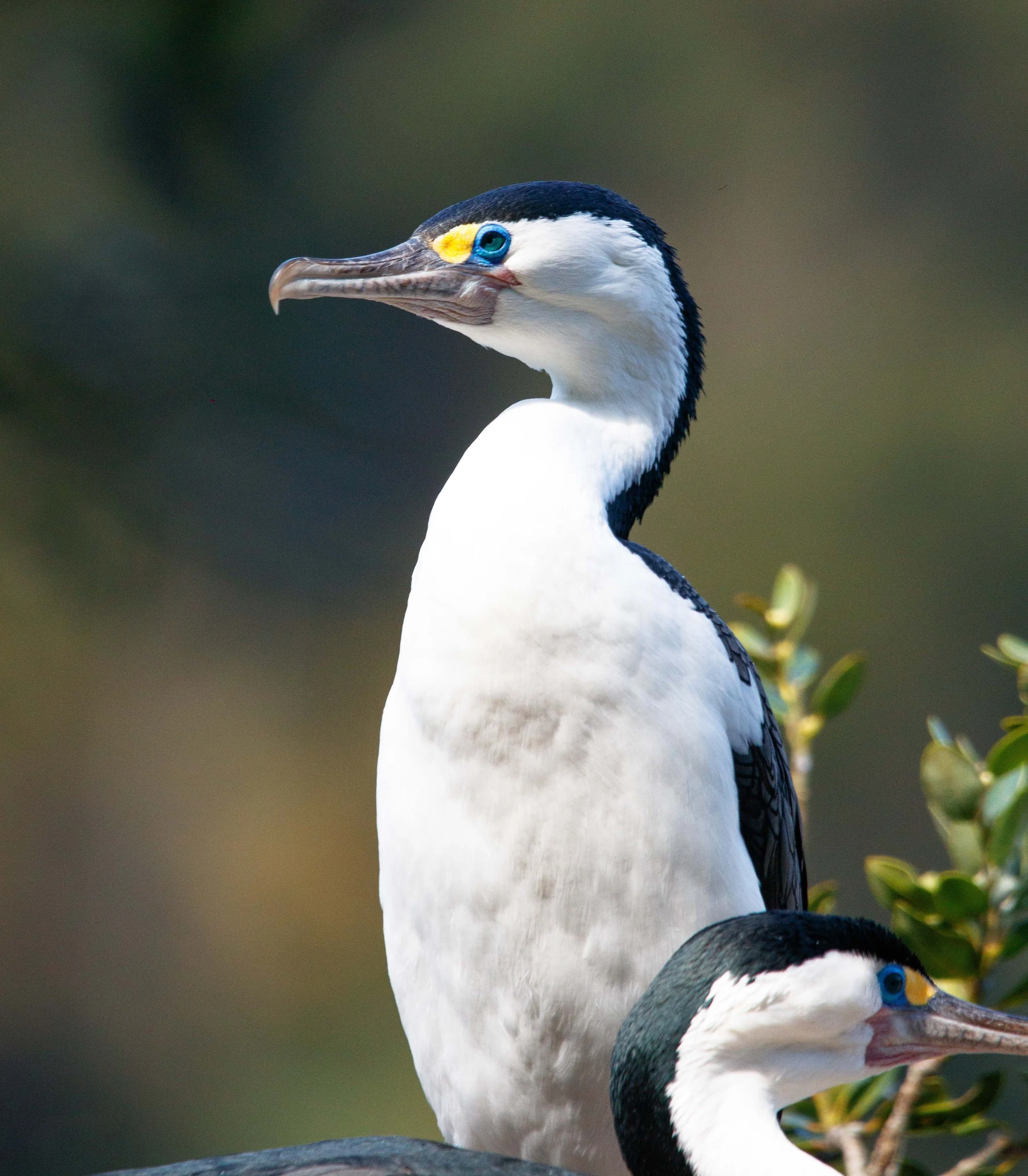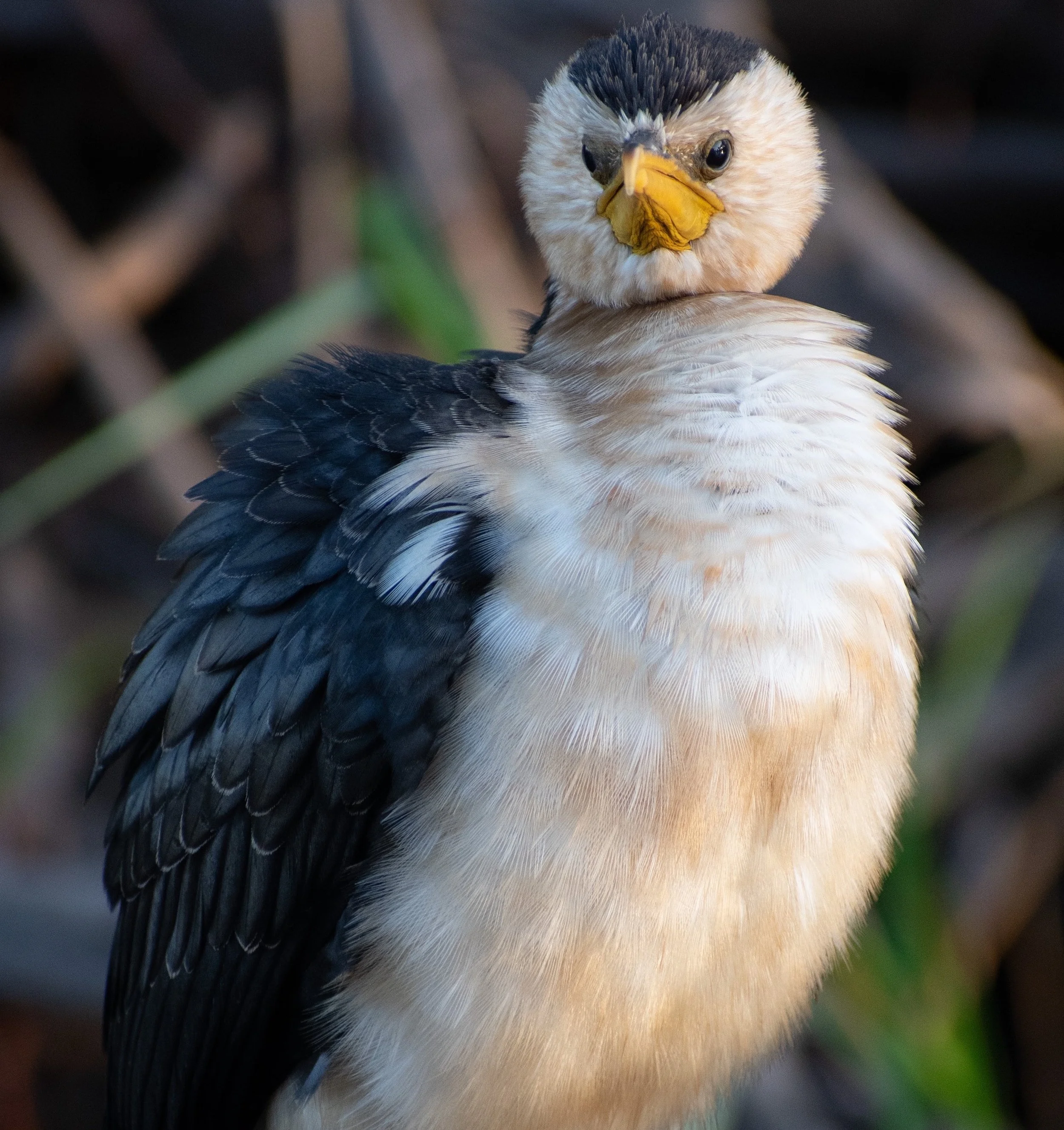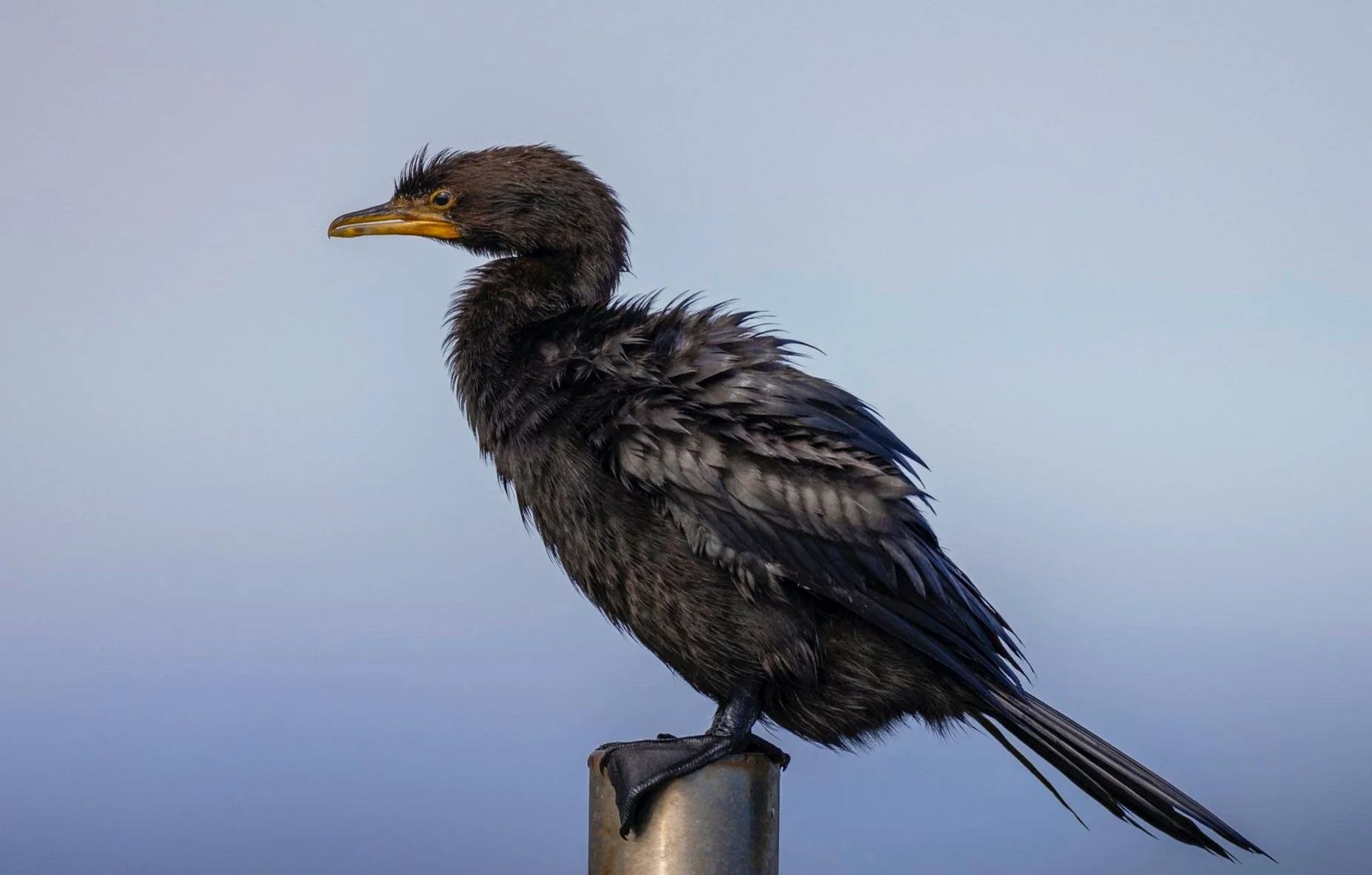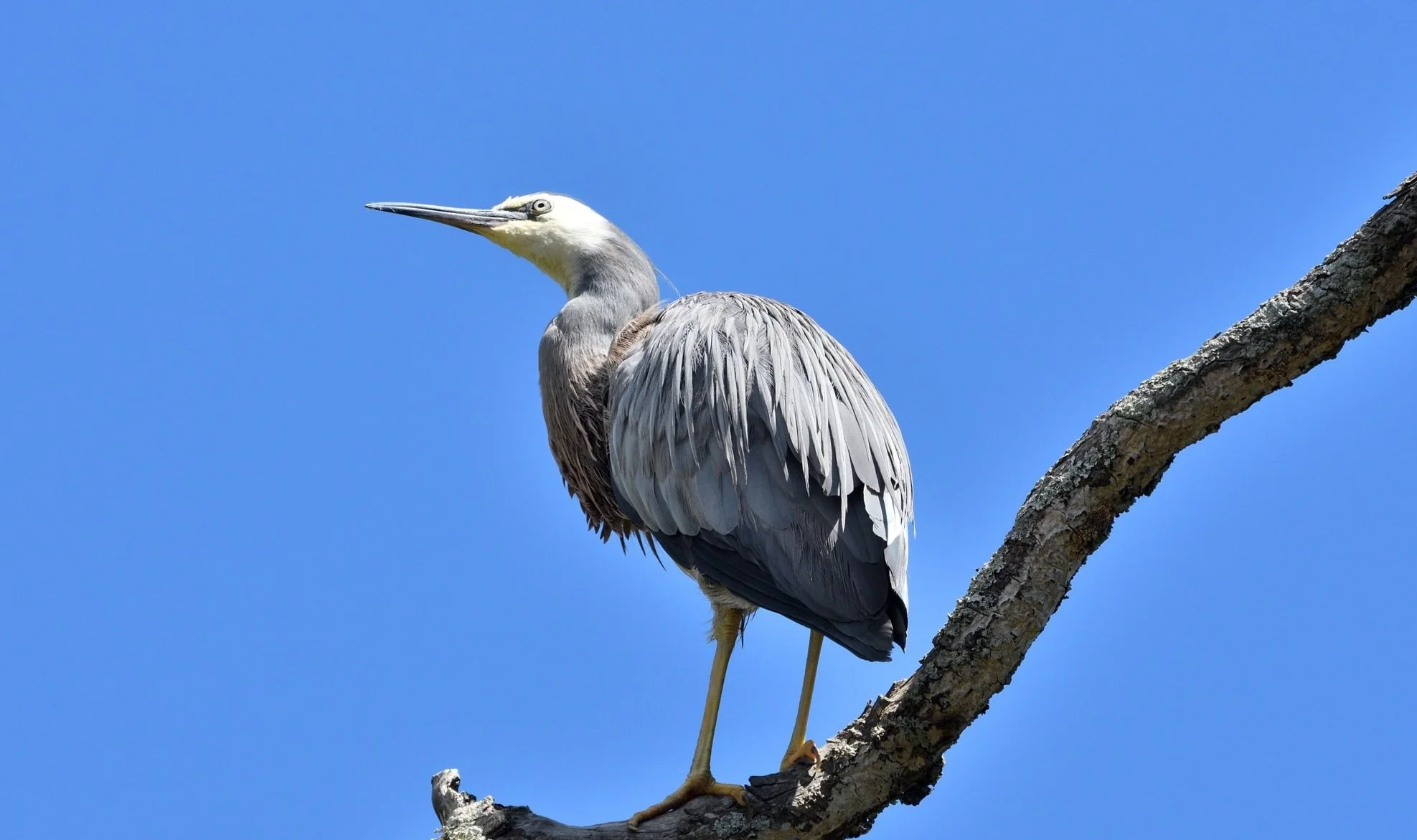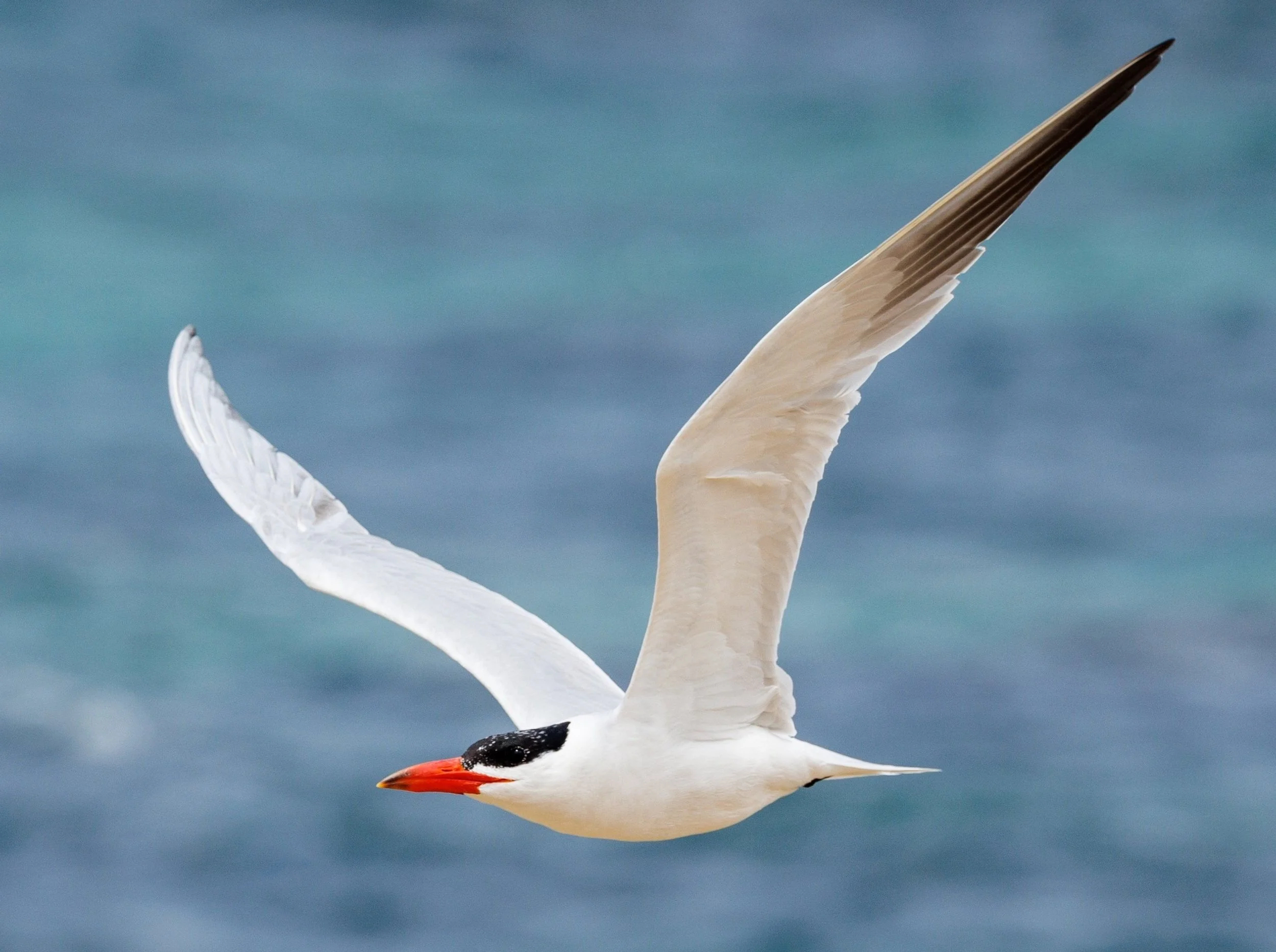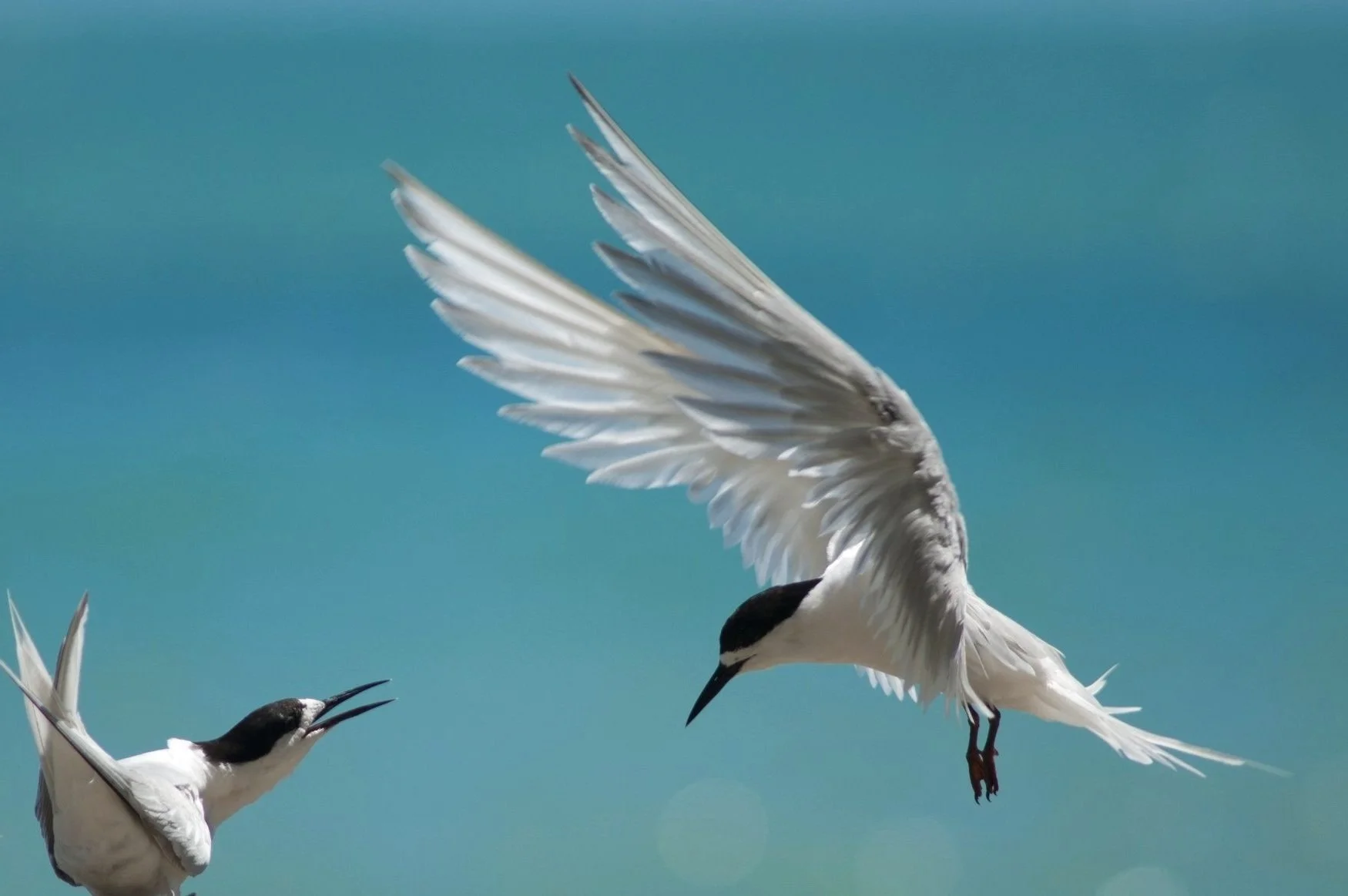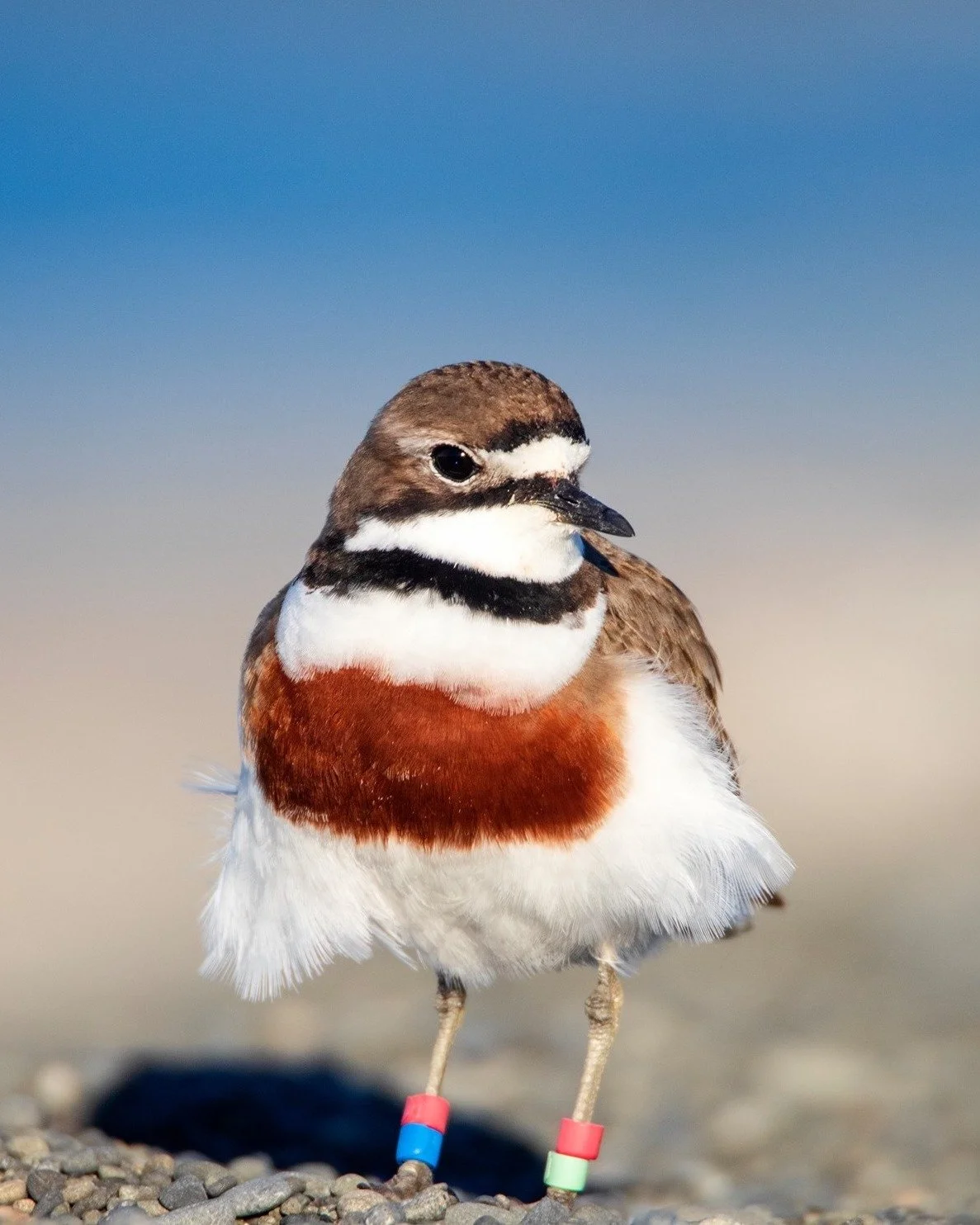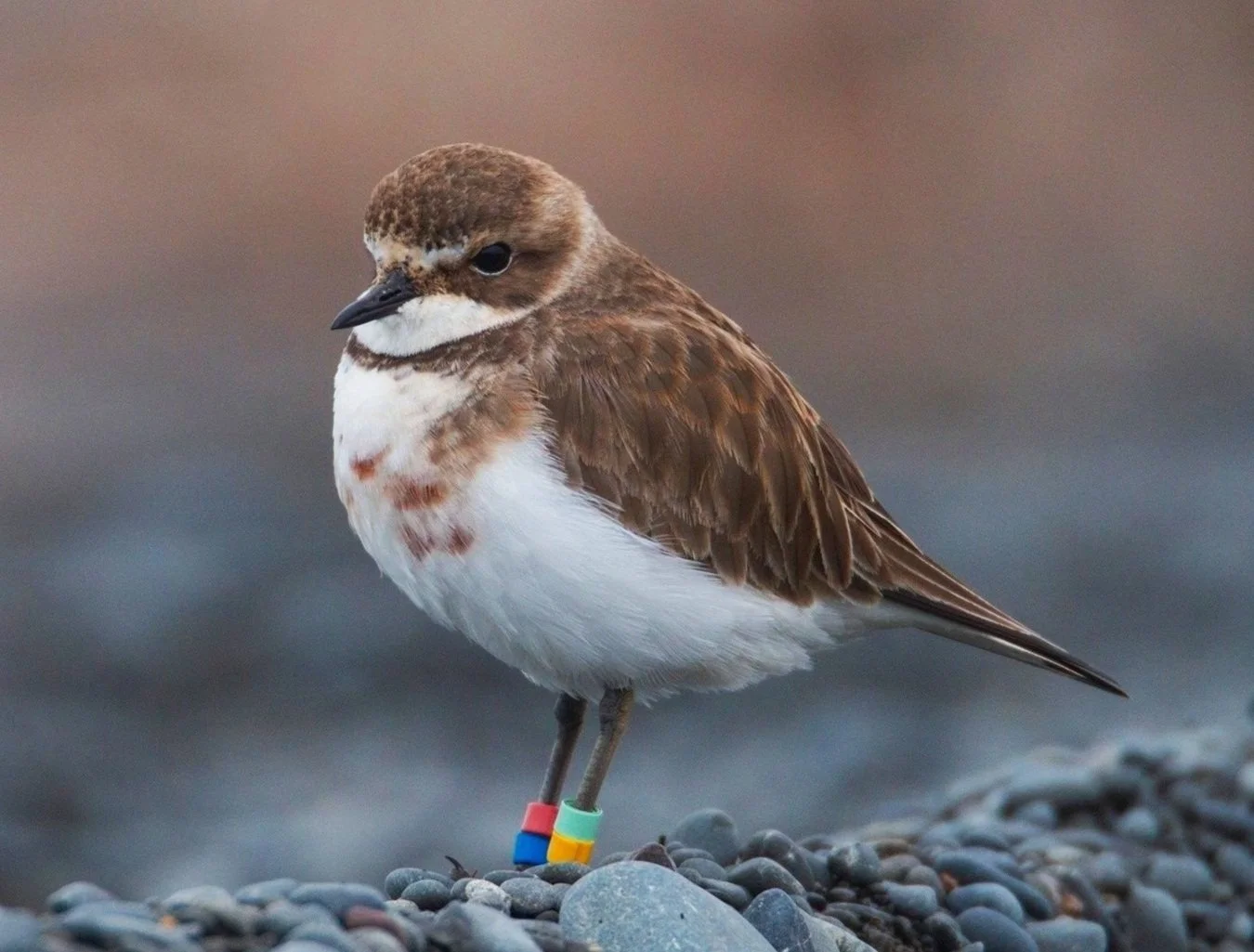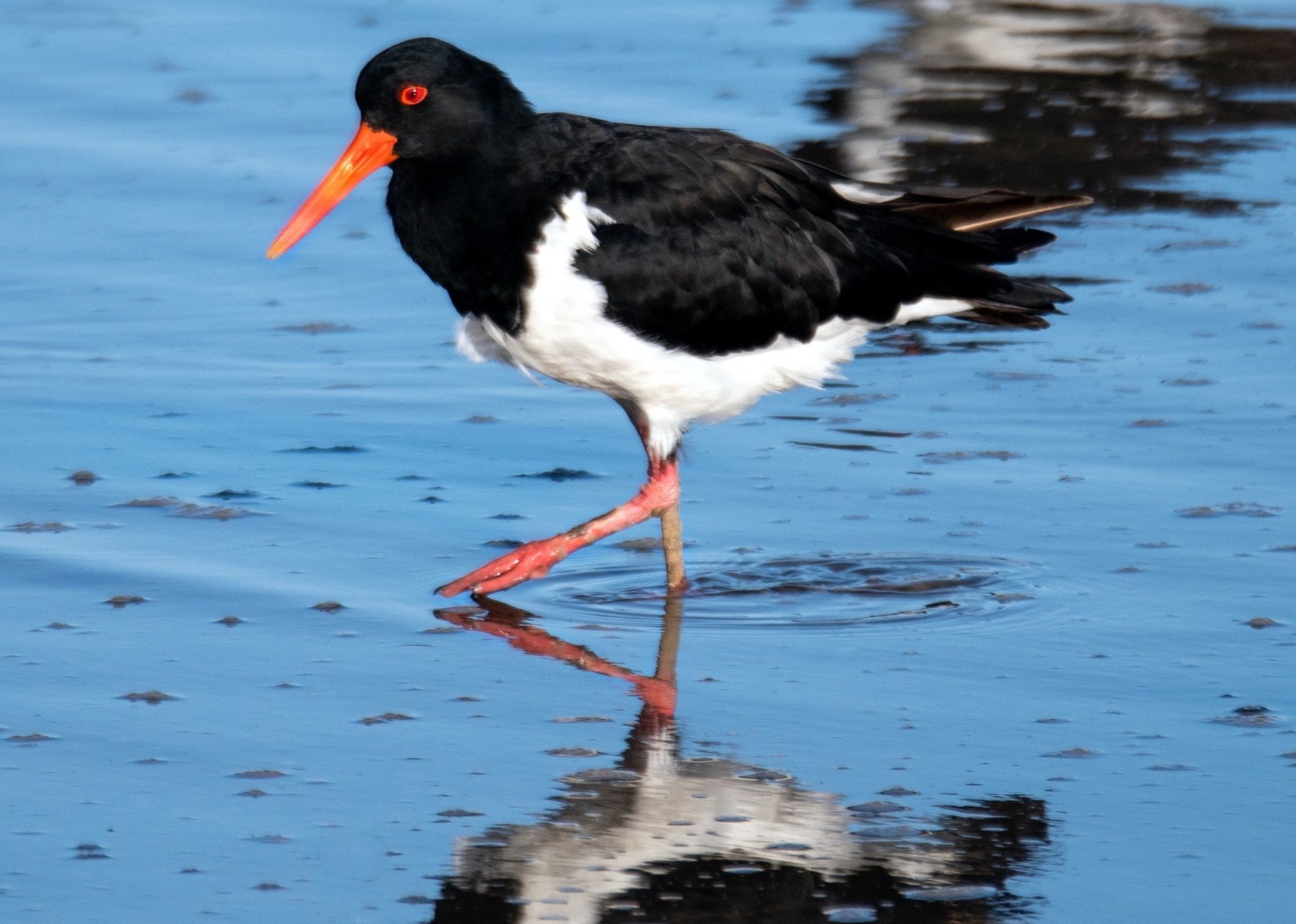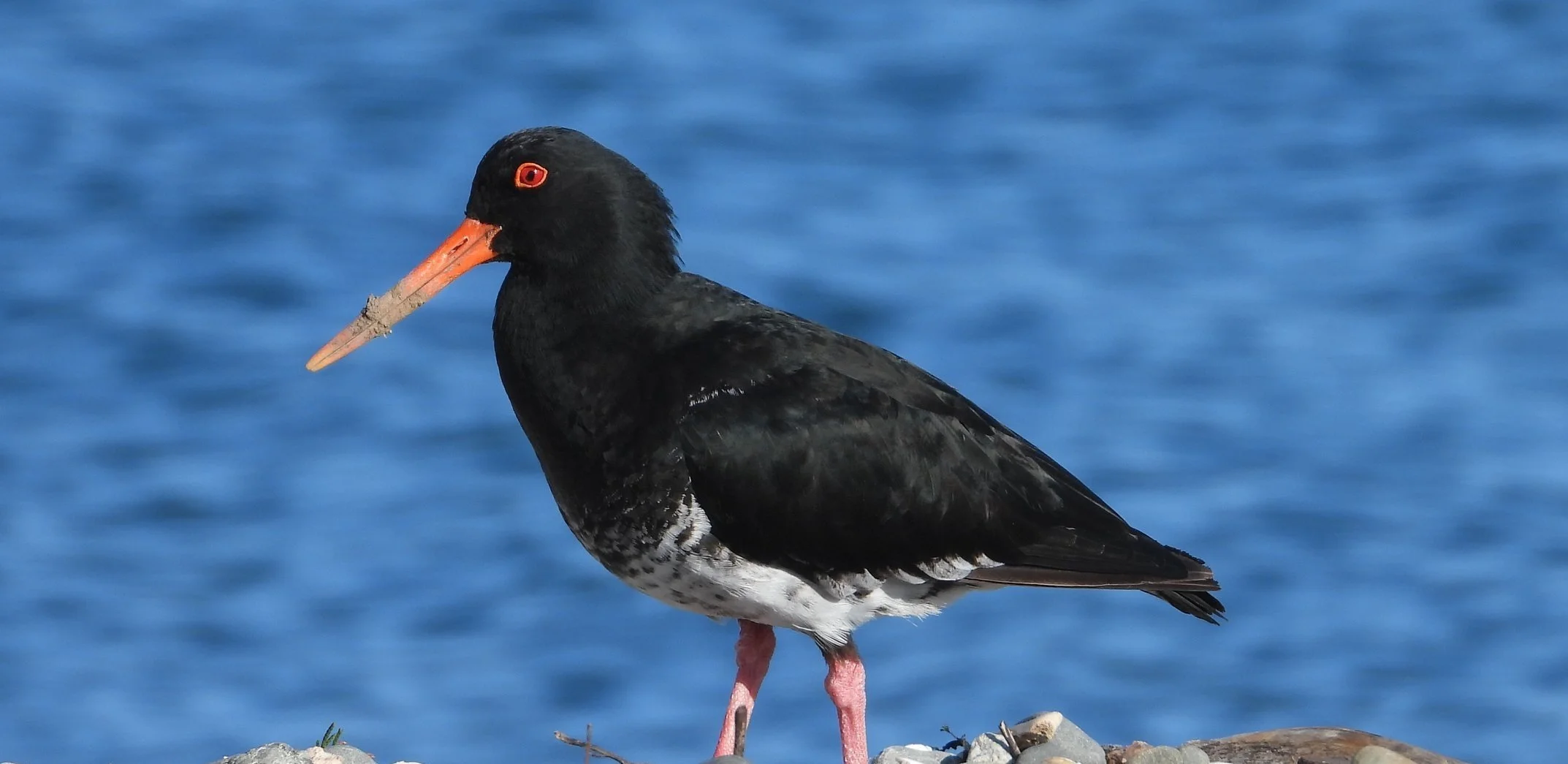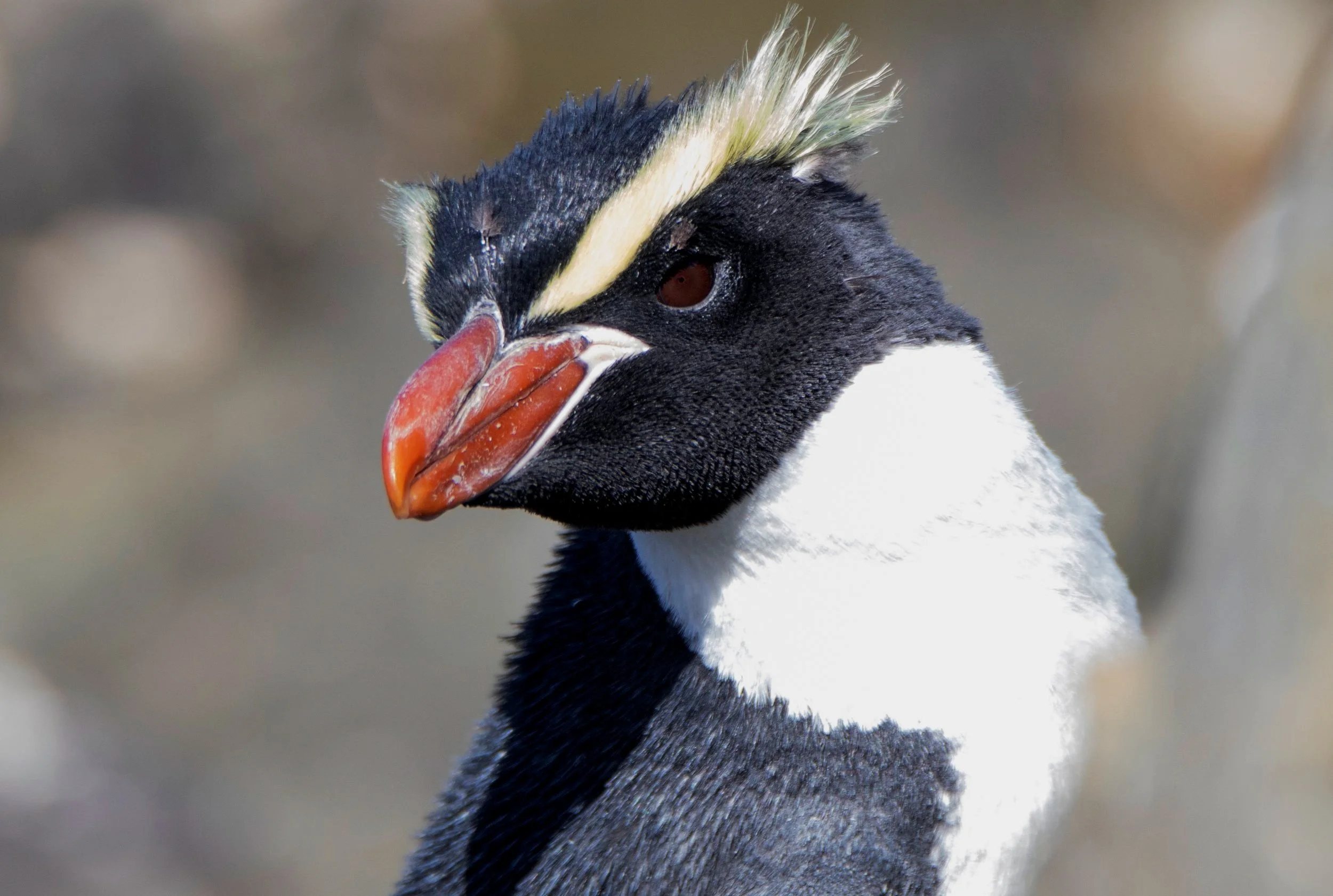
Our Environment
Kaikōura Seabirds
Kaikōura is a biodiversity hotspot, marine mecca and global seabird capital.
Kaikōura supports one of the highest seabird varieties on earth and is a site of international importance.
Kaikōura’s seabirds include two thirds of the world’s albatrosses, most of which are threatened.
Marine Ecosystem
The primary reason for the region’s species diversity is the deepwater Kaikōura Canyon, which lies within a kilometre of the shoreline south of the Kaikōura Peninsula. Cold nutrient-rich upwellings over shallow coastal water support an abundance of marine mammals and seabirds. There are 86 species of seabird breeding in New Zealand waters, 48 of which breed nowhere else in the world. Many of these pelagic species spend 90% of their lives on the open ocean and only venture near land to breed.
New Zealand has more penguin, shag and albatross species than any other country in the world. Of the world’s 18 penguin species, 13 have been recorded in the New Zealand region; while 12 out of 36 shag species are found in New Zealand. There are 23 recognised albatross/toroa species globally, 17 of which are recorded in New Zealand. 14 of these occur in Kaikōura waters, equating to two-thirds of the world’s albatrosses in one region.
With seabirds being the most threatened group of vertebrates globally and 90% being threatened with extinction, Kaikōura is site of critical importance hosting over 60 species. A diverse range of pelagic and inshore seabirds rely on our marine environment, with vagrant and sub-antarctic species frequently sighted.
Kaikōura is home to the endemic Hutton’s shearwater/Kaikōura tītī, an endangered species which breeds nowhere else in the world. The Hutton’s shearwater is the only alpine breeding seabird globally, with only two natural colonies remaining in the Seaward Kaikōura Ranges. The endemic spotted shag/kawau tikitiki has faced significant declines, with Kaikōura considered one of the strongholds. The Kaikōura Peninsula supports a little penguin/kororā colony, as well as the largest remaining (and fastest declining) threatened red-billed gull/tarāpunga colony on the mainland.
Seabird Threats
With transboundary lifestyles in marine and terrestrial environs, seabirds are subject to cumulative threats.
As the impacts of climate change become harder to mitigate, it is vital to address threats for which proven solutions exist.
By lending a helping hand, we can minimise and offset human impacts.
Key Threats
A key driver in seabird declines is impaired ecosystem function from ocean stressors, resulting in decreased ocean productivity. Climate change and overfishing threaten seabird survival, and are pushing already threatened species to extinction.
Global warming induced marine heatwaves are increasing sea surface temperatures and suppressing upwellings of krill and shoaling fish to cooler depths, out of reach of surface feeding and diving seabirds. The combination of marine heatwaves (suppressed prey availability) and overfishing (prey depletion) are leading to food web disruption and unprecedented ecological impacts.
Displacement of prey (climate change) and prey competition (over-exploitation of fish stocks) are impacting foraging efforts, resulting in increased energy output, poor body condition, widespread malnutrition, delayed breeding, decreased reproductive success, low juvenile recruitment, increased mortality and colony collapses.
As the majority of seabird species have nest site fidelity at breeding colonies, they cannot move on with reduced food source availability. This means seabirds must cope with regional depletion by traveling further distances to forage, particularly during the breeding season whilst rearing chicks.
The displacement of prey causes starvation, resulting in mass seabird die-offs. Studies show that only a fraction of birds that die at sea wash ashore, in regards to general under-reporting. In Kaikōura seabird die-offs have increased exponentially, while emaciated seabirds in organ failure frequently require emergency care.
Compounding threats include over-fishing (fishing down the food web), fisheries by-catch, marine entanglements, pollution, oil spills, introduced mammalian predators, habitat loss, development and human disturbance. With impacts documented across species in the marine food web, a call to action is urgently required.
Protecting Wildlife
Aotearoa has the world’s highest proportion of at-risk species, as well as some of the worst extinction rates globally.
Collective action is needed to tackle the biodiversity crisis, with wildlife hospitals being a vital conservation tool.
Land of Birds
New Zealand is referred to as the ‘land of birds’, known for its diverse avifauna, high endemism and geographic isolation. Many species are found nowhere else in the world, with the majority undergoing unprecedented declines.
Beyond seabirds, our island nation is renowned for iconic species such as kiwi and kākāpō, though many others are just as remarkable and rare. Our terrestrial birdlife consists of unique and threatened species, with the only native land mammals being two species of endangered bats/pekapeka which are highly restricted in range.
The Kaikōura region is a marine biodiversity hotspot which is also home to forest and wetland birds, as well as rare reptiles (e.g. Kaikōura gecko) and invertebrates (e.g. Bluff weta).
The distribution of species is scattered across inland and seaward ranges, along regenerating river corridors, lowland plain remnants, and coastal habitats such as the Kaikōura Peninsula.

Tikanga Māori
The Te Ao Māori world view acknowledges the interconnectedness of all living things.
The holistic principles of guardianship are based on reciprocal inter-generational relationships between people and the land, to ensure a sustainable future for all.
Cultural Significance
‘The sea is not any water, it is the marae of Tangaroa, the atua/god of the sea. It yields life for many things - the birds in the sky, the people upon the land.’
The original name for Kaikōura was Te Koha o Marokura/the gift of Marokura. The god Marokura shaped the underwater Kaikōura Canyon, carving out habitat for marine life. It was the abundance of food that brought early settlement to Kaikōura, with iwi residing in the takiwā/region for more than 900 years. The whakapapa/interconnection between whānau, hapū and iwi represent the histories of the tāngata/people, as well as ancestral connections to the whenua/land and moana/sea.
Te Tai ō Marokura/the Kaikōura coastal marine area is of immense importance historically, culturally and spiritually to the Ngāti Kuri hapū of Ngāi Tahu. Takahanga Marae is the standing place for Ngāti Kuri, with Te Rūnanga o Kaikōura representing the hapū and customary mana/authority in the region.
The principles of kaitiakitanga/guardianship are applied to all the children of Tangaroa (atua of the sea) and Tāne-mahuta (atua of the forest and birds). Native species are treasured taonga with cultural significance, with the preservation of wildlife being of importance to iwi.


